Week 1
Sol Lewitt Video: Lewitt is a conceptual artist, meaning for many of his pieces all of the planning and ideas are flushed out before the construction of a final piece even begins. He uses instruction-like-blueprints for his final pieces that other artists refer to to construct the piece. Notice my use of the term construct rather than create. These artists simply use his pre-determined instruction, or his ideas, to finish the work. Thus, enforcing the idea that Sol’s ideas are the machine that makes the work. In terms of the artist’s hands in the final piece, I think that the hand is seen more as a tool. The hand is much like a hammer hammering a nail into a board indicated by, for example, instructions for an IKEA bed frame. The hand does not lend any creative element in the piece.
Yoko Ono Video: In the video Ono is reading descriptions of different “paintings” one can make. In terms of drawing boundaries around the artwork, I think anything that creates a dialogue about the notions of what is art or what are the boundaries surrounding a work of art is hard to put boundaries around at all. I think that the “boundaries” we put around art are constantly changing and that change is how art and what we consider art evolves throughout history. Ono challenges the viewer’s stereotypical notions of a “painting”. For instance, in many of her scenarios the canvas itself is the painting (by being reworked, stepped on, hung in windows, being punched through) rather than painted on. In terms of me liking the work, I think what is like most and respect about it is the dialogue and discussion it can produce rather than the work itself. I feel like when an artist can accomplish that it says a lot more about the impact the work can have on society than something aesthetically pleasing.
Bruce Nauman Video: The two works I chose of Nauman are: “Bouncing in the Corner No 1”, 1968 and “Coffee Spilled Because the Cup Was Too Hot”, 1966-67. In the first piece Nauman utilizes himself for the work by taking an everyday action (gently falling against a wall and getting back up again) and repeats it over and over again. The repetition seems to take the meaning out of the action itself, much like repeating a word over and over makes it loose its meaning. The second work shows exactly what the tittle describes, a spilt cup of coffee. Nauman frames an instant of everyday life this framing forces us to look at this action in a different way emotionally, in my opinion. If one where do spill their hot coffee: one, it probably hurt and two, its probably would make someone angry or at the least, irritated. However, when I look at Nauman’s piece I do not feel those emotions, I did not spill coffee, I am simply looking at spilt coffee.
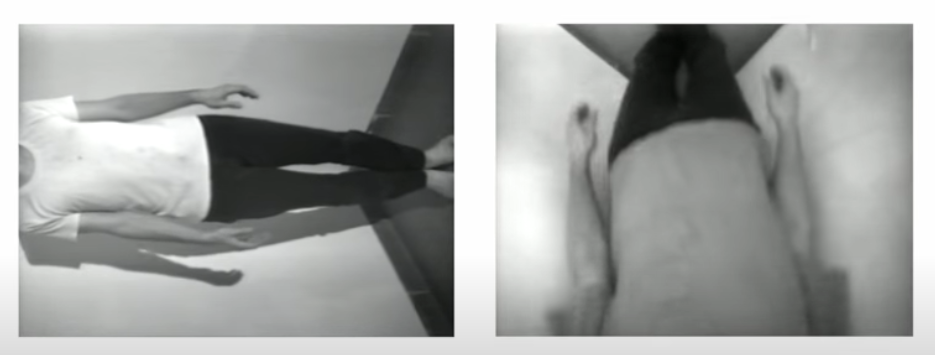
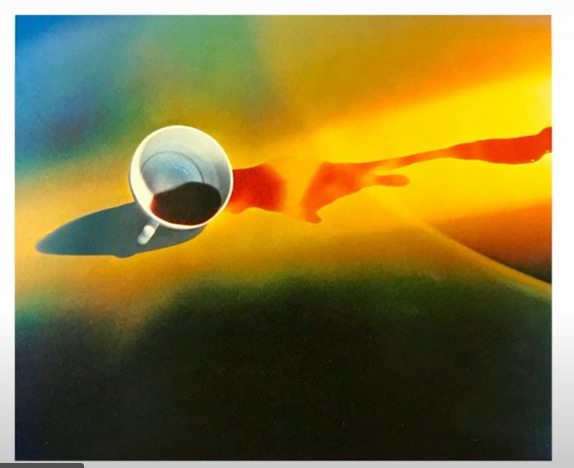
Week 1 Activity: Make a Kilometre
I happened to stumble upon my kilometre for this assignment, originally I had planned to go on a kilometre long walk and collect things from my walk as evidence because I enjoy going on walks as they help me to unwind. However, the other day I was visiting a friend and they were excited to show me this new video game they had started to play. It is a Japanese game called “Katamari”. The basic goal, as far as I understood, was to roll a ball around the different rooms and places set up for each level. There are a bunch things strewn about and as you roll through the game you pick them up to create a bigger and bigger ball, much like making a snowman. And at the end of each level you ball of stuff is transformed into a star. As I watched my friend play I noticed that is kept track of how “big” your ball gets. I asked my friend if he had ever gotten it to be a kilometre long and he said depending on the level you could get them to be really big. So, long story short I rolled up a virtual ball of virtual stuff to make a virtual kilometre. Due to the quality of my camera it is a little hard to tell but there is a flower in the upper left corner that shows the ball is a kilometre long.
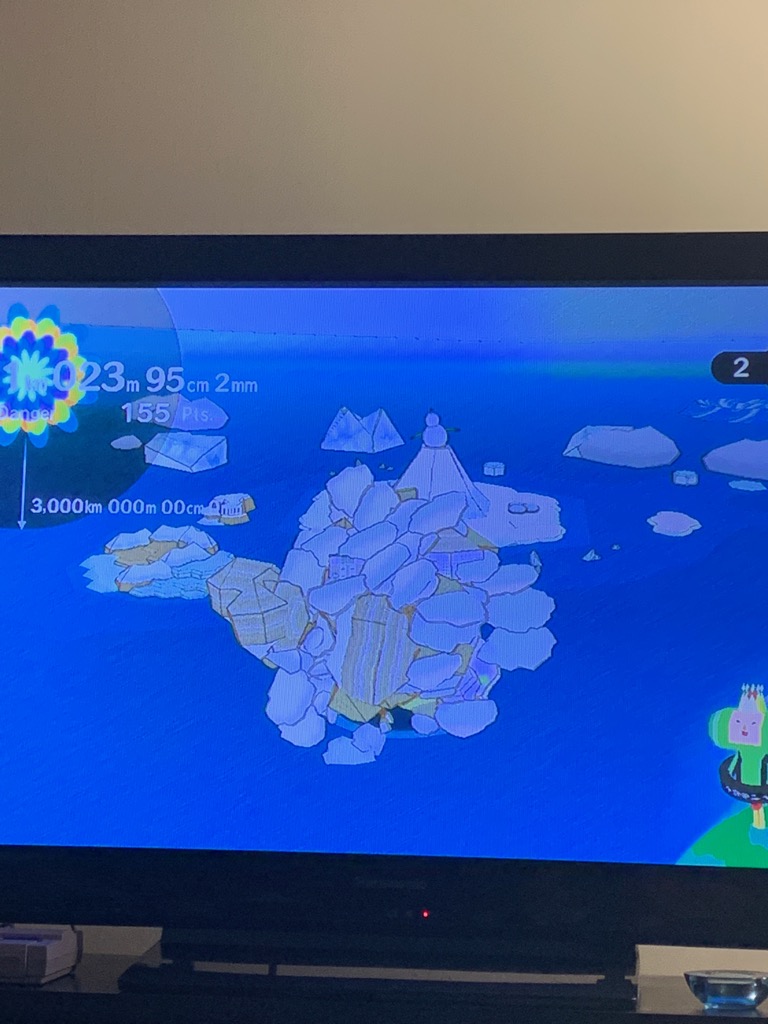
Week 2 Activity: 1 Hour
For my one hour activity I decided to stand on one leg. I was inspired by this drinking card game my roommate has. One of the cards has everyone playing stand up on one leg and the first person to put their other leg down drinks. I was actually surprised that some of us could last as long as we did. My roommate and I have gotten to around 15 minutes before with no issues other than getting bored and thus quitting. It made me wonder how long I could actually stand on my leg for. I think, like a few other of my classmates, I put a focus on trying to get into a more meditative state like Marina Abramovic seems to do in her performances. I was pretty good at the beginning then it stated to get a bit rocky. I ended up finding one area of my room to focus on and just lost myself in that. I did not actually make the full hour because my roommate came home while I was doing it and it startled me, but it was an interesting experience nonetheless.
Week 3 Notes:
Lee Walton
“Making Changes” Move an unsuspecting object to a new spot.
“Sitting” Sit in close proximity next to an unsuspecting stranger.
Jon Sasaki
“Ladder Climb” Climb a ladder with nothing to support it but yourself.
“Dead End, Eastern Market, Detroit” Drive to a dead end, only to turn back around.
Lenka Clayton
“The distance I can be from my son” Physically demonstrate the distance in which one can be away from their son
Yunla Berevoski
“Several observations” Give an inanimate object a soothing massage
Week 3 Activity:
“How Baristas Really Feel About Pumpkin Spice Season”
This is a picture of a Pumpkin Cream Cold Brew (AKA the most popular drink at Starbucks right now) that I had thrown into the air. This drink had to be remade right before the end of my shift so I decided to take it home and throw it into the air out of slight frustration. These drinks are notoriously more complex to make then others because of the cold foam and when you’re behind bar during a rush with a line up of these guys its a little tiresome. That being said, I do not wish to deter anyone from ordering one, they’re popular for a reason and many of your friendly neighborhood baristas love them too 🙂 aaand it made a cool picture so I guess they’re not all that bad.
Week 4
Notes:
Studio Visit: Adad Hannah works to capture the “moment of pose”. He states that when having a photo taken humans tend to get into “pose” or a moment of stillness. This is what a lot of Adad’s is reflective of.
Handheld Case Study: Adad recodes and hand in almost contorted positions while holding coloured balls. Although the colours seem to be fun and happy, you can see the hand moving and shaking while being in such a strained position. The videos become almost uncomfortable to watch once I realized this and thought of my own, smaller, hands trying to do this.
Burghers of Vancouver: Adad has dressed people up to resemble a public statue in Vancouver and videotaped them trying to be still. The video cuts to a shot of the original piece as if to compare the two. When I saw this shot I realized who very un-still the performers actually were. It shows that being still is not a simple task and may even be one that is impossible to accomplish.
The Screen: This photo was a little different from the others that I looked at. Composition wise it was very complex. It must have taken several adjustments and camera angles to get it just perfect. When I was looking at it, it really did feel like there was a type of screen in front of these people and they were actually clothed behind it. It felt like the people had no idea how exposed they really where. The idea of the screen invites the viewer to look at the people in an extremely private way.
Social Distance: In terms of formula, most of the subjects were centered in the frame and there were mostly full body shots. I found those wearing masks were a bit eerie to look at. It spoke to how still all of our lives have become during this pandemic.
My Work
Notes: I chose to do a self portrait because I was nervous to ask a stranger and my roommate is unfortunate a very busy person. However, doing a self portrait gave me the opportunity to really think about what I wanted to convey. I have always really loved windows and the way they frame the outside world. It occurred to me that looking out a window was very similar to Adad’s work. When I look out my own the trees are in the same spot, the buildings never shift or move, sometimes there is the odd person or animal, but it stays a relatively “still” composition. The trees are moved slightly by the wind in a similar way that those hands in the Handheld Case Study shake while holding the balls.
Week 6
I really enjoyed this article for this weeks assignment. I jotted down some quotes that caught my attention, found interseting, or related to.
- “my face is my trademark and my main mode of communication”
- I really related to this, I feel like wearing a mask inhibits strangers to “know” me or “see who I am” from simple/short interactions, compared to before. For example, at work the most important part of our job that is constantly drilled into our heads is making customer connections. To do that, I need to make an effort to “know” the customer and have them “know” me, if only in that small moment. Our faces are representative of our whole beings, like the author says our feet or other parts of our body do not convey who we are. So, at least without a mask on we all see each other as a somebody, but now we are just strangers to one another more than ever before.
- “the face is ground zero of expression”
- I think I took for granted how much I relied on expression to help me understand what someone is trying to communicate with me. When I pass a stranger on the street they no longer see the small smile under my mask as a silent greeting. I can only hope it reaches my eyes and they are paying enough attention to even catch that.
- “when looking at masked people my brain still feels like its malfunctioning, skipping a sensation, a tenuous connection is reached for and missed”
- I totally agree with this. It still feels so weird to see people in masks everywhere. It makes me feel like we are all still around one another but so very very separate. Like these other quote have hinted at, without the face I can not “see” the strangers around me. I feel like when our brains subconsciously normally take that quick second to pass judgment on strangers it creates somewhat of a narrative surrounding somebody. But, with the mask concealing that integral part, the face, my brain misses that part. I’m just alone in a sea of strangers.
- “my face, as I age, has become less interesting to men. this is what women mean when they say they feel invisible”
- although I cannot directly relate with this statement I used it as a jumping point to think about how the pandemic in relation to masks has affected my self image. I feel less noticeable in a mask and by feeling less noticeable I feel less important, easily forgettable. These feeling are obviously not ideal during I time when we are supposed to be distancing ourselves from others. The act of wearing a mask itself has physically affected my face. It cause unmanageable and painful acne for me, which affected my self confidence.
Week 6 Activity: “Serums, Spot Treatments, and Skincare”
For this weeks assignment I decided to focus changing the visual evidence that mask-wearing leave on my face. I do not think I have ever cared about my skin so much and nobody can even see it right now! Its kind of ironic, the mask is what conceals my battle with acne from the outside world but also the same thing that causes it. I wanted to experiment with different funny ways of concealing it or making light of it. My hope was that if I could interact with this unwanted side-effect of mask wearing in a humorous manner I could maybe make it less important to me. *Although I feel very comfortable with everyone in this class and sharing this issue I have been struggling with I do ask that everyone is respectful in their comments :)*
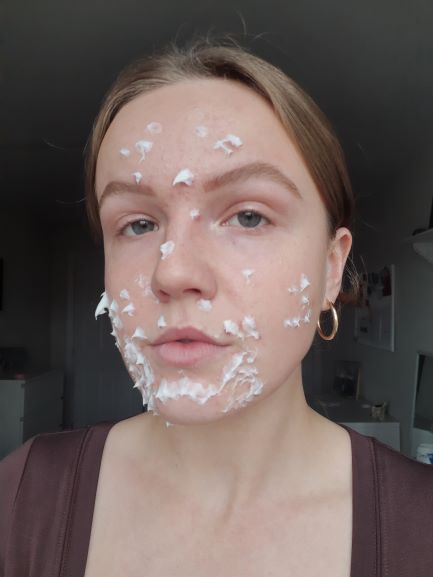
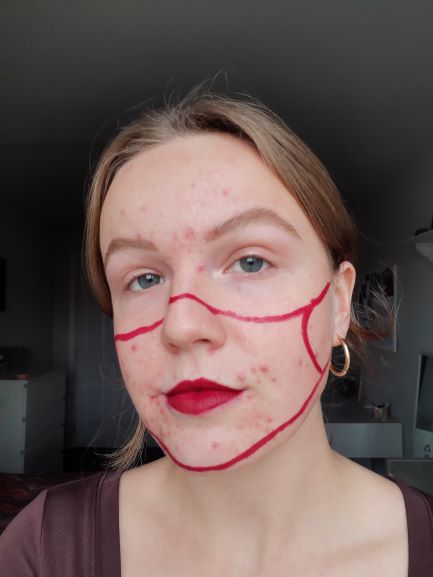
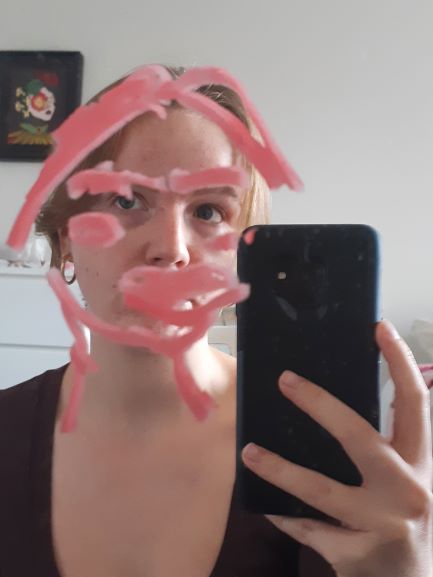
Week 7
Notes:
Janet Cardiff, “Lost in Memory Palace: 40 part Motet”
- took multiple recordings of choirs and had them playing through an oval of speakers, singing a 15th c song
- it was different from conventional music because, as described in the video, it was like “stepping a song” and being surrounded by music, which is something that concerts and headphones cannot do
- it kept interest by being able to walk around an hear the voices from different areas of the oval, which made the piece more complex and gave listeners the ability to listen over and over but hear the different nuances every time
- the way I experienced it was different than in person but I can understand how it would be a very moving experience and I wish I could have experienced the emotion release that others did
Alter Banhof “Video Walk”
- was a video on one walking along to a video of the exact same walk with a voice over of someone directing you around while also hearing all of the noise that had been around that person whilst recording
- it is obviously not like typical music as it is a voice over of a video, which is a little reminiscent of the idea of music videos, but not quite
- the background noise was consistent, her directions were repetitive, while her “chatting” in-between her repetitive direction giving changed, what she was talking about was easy to get lost in and when she gave a direction it brought you back into the present (even though you are watching a video of the past)
- i experienced a sense of calm while watching the video, i am the kind of person who enjoys background or white noise while studying, working, and trying to sleep
- this one was the most inspirational for my proposal as i am focusing on the noises around me at work and how that background noise of people and machines whirring can be very comforting
Christian Marclay “Guitar Drags”
- this particular piece was different from the other two as it was just a sound recording of a guitar being strummed or dragged
- the prompt seemed to be to make was many guitar noises possible, maybe even with objects that were not the hands
- it did not feel like any kind of music as there was no melody or any obvious form of repetition of notes that i could follow like in a song
- the sounds very very jarring and made for a very tense experience as a listener
- however, it did keep my interest as within the sounds i was hearing i related them to ones i have heard before like thunder or large crowds
Proposal
There were three main artists that inspired me for this proposal of a work to be completed for next weeks class. I found a quote from John Cage while exploring dome of his work: “I have come through my music to enjoy the sounds that are in my environment wherever I am”. I thought about all the places that I am normally at right now. More often than not, I am at home for work. The pandemic has obviously limited the places that I can spend my time so I thought it would be interesting to really explore these places and try to enjoy the sounds that they make. Both Janett Cardiff (especially in her “Audio Walks” series) and Emeka Ogboh make use of the natural ambiance produced by the environments in which they are working in. Ogboh even goes as far to say that Lagos (a heavily populated city in Africa he uses in much of his work) composes. For this work, I would like see what my environment’s sounds compose. I want to focus my attention more at work as I have less control over the sounds there. My plan is to take a one minute recording of the sounds produced by my work environment and listen back to it to see if I am pleased with what it composed. I did think about recording lots of sounds and cutting and pasting them together to make my own composition. However, I like the calming aspect of Cardiff’s work as one long “flow”. Picking sounds and putting them together would be too choppy and now have the ambiance affect I want.
Final Work
Milky Way
Final Proposal
I really liked Teching Hsieh’s One Year Preformace. In particular I liked the idea of documenting an object or action at a precise time consistently. It made me think about the candle I have in my room. I burn it when I am studying in the evening once it is dark out to make my room cozy.
I decided to take some pictures of if every hour while it burned while I studied. I thought it would be interesting to see how there would be small subtleties in each photo.
Final Conceptual Portrait
I filmed the view of my window for 24 hours. I included the end of my bed in a bit of the frame so that not only what was going on outside was documented but also what was going on inside. I did include sound, so you can here some of my zooms, my roommates around the apartment, mu music etc. Unfortunately, I did miss hours 4 and 5am. However, I have never tried to make a piece such as this and I am just happy that I got up for the hours of 2 to 3am and 6 to 7am.
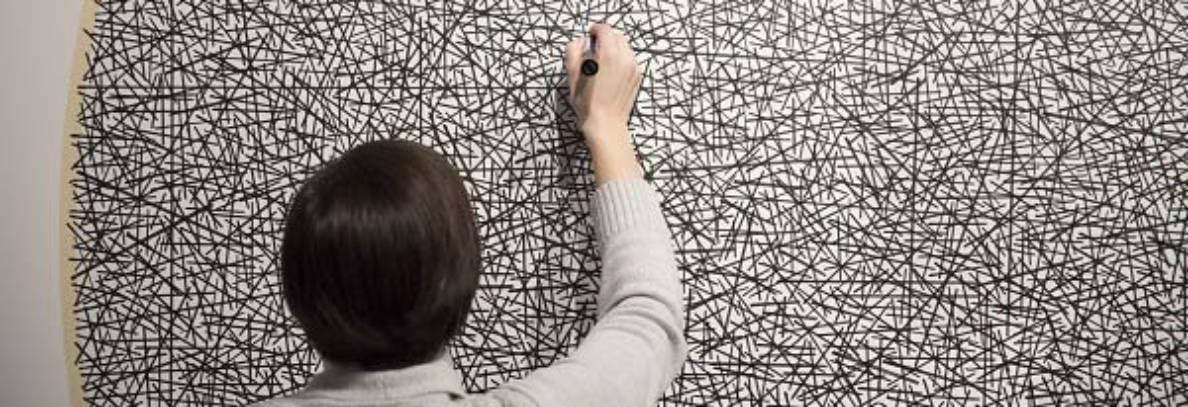
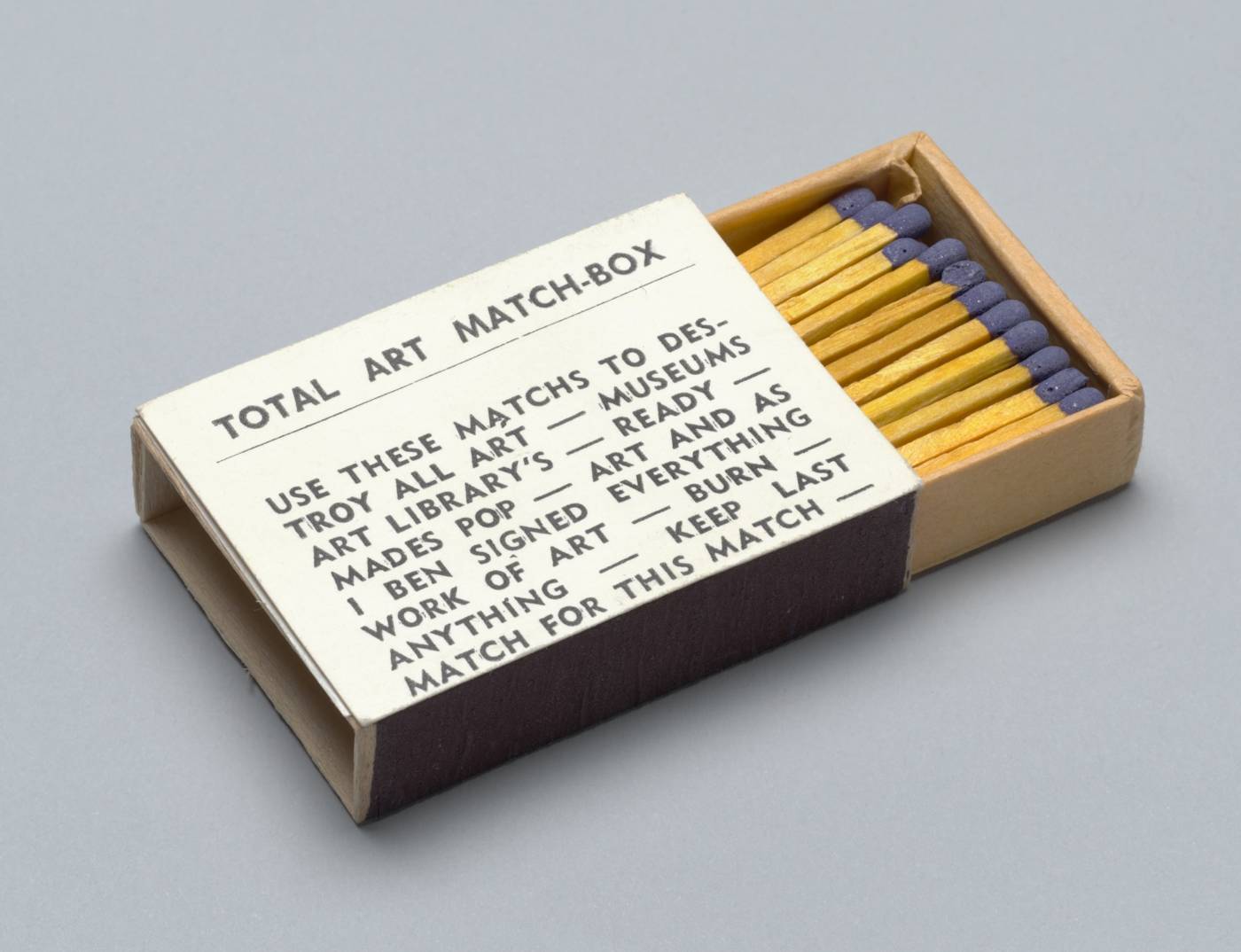








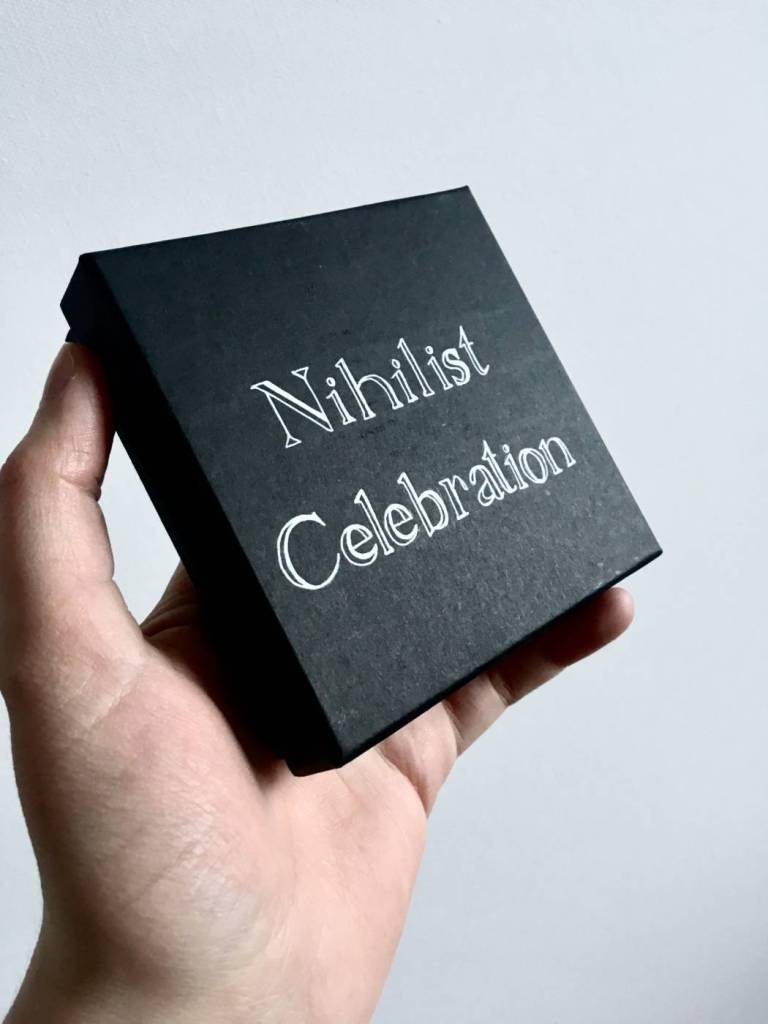

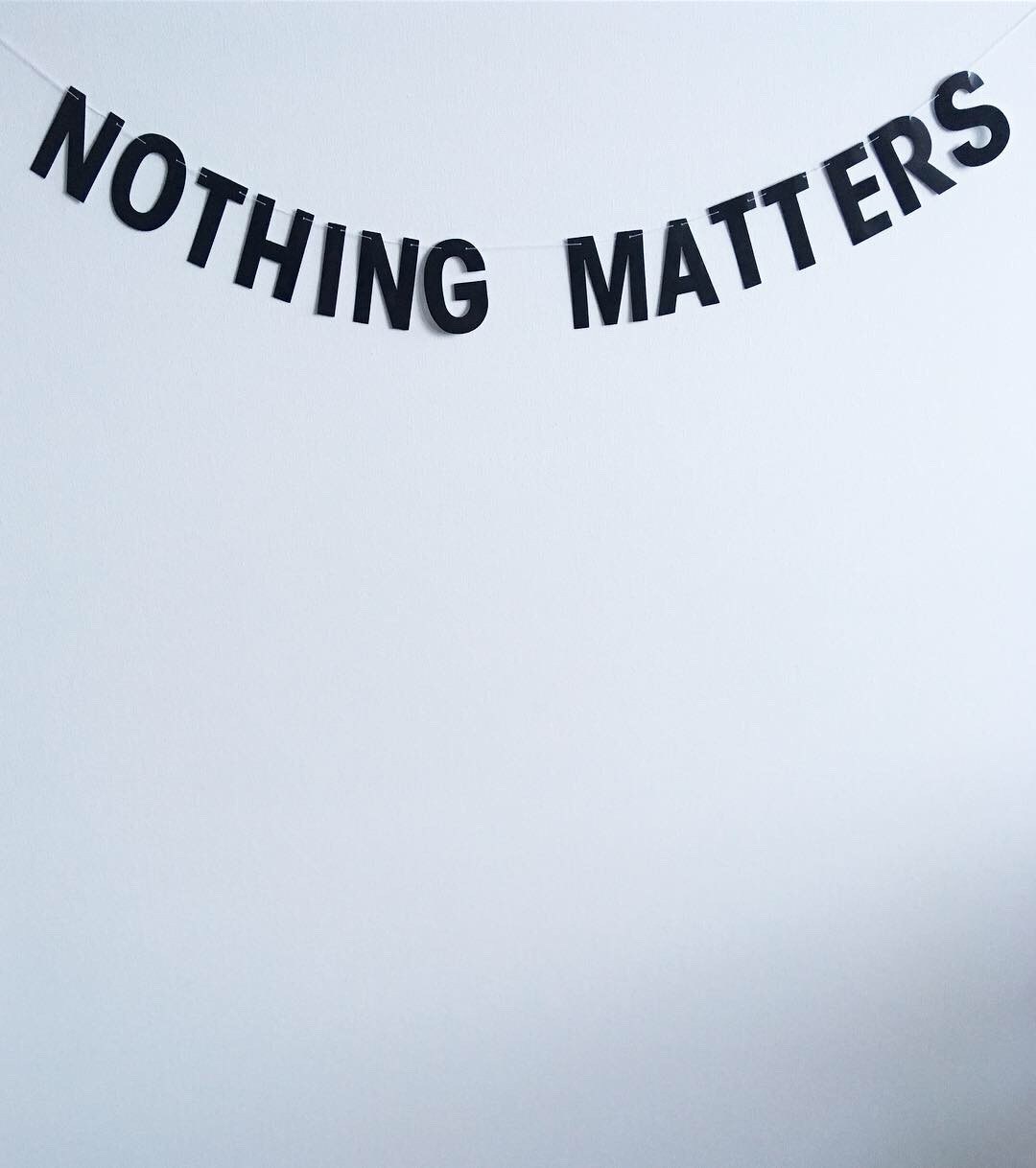
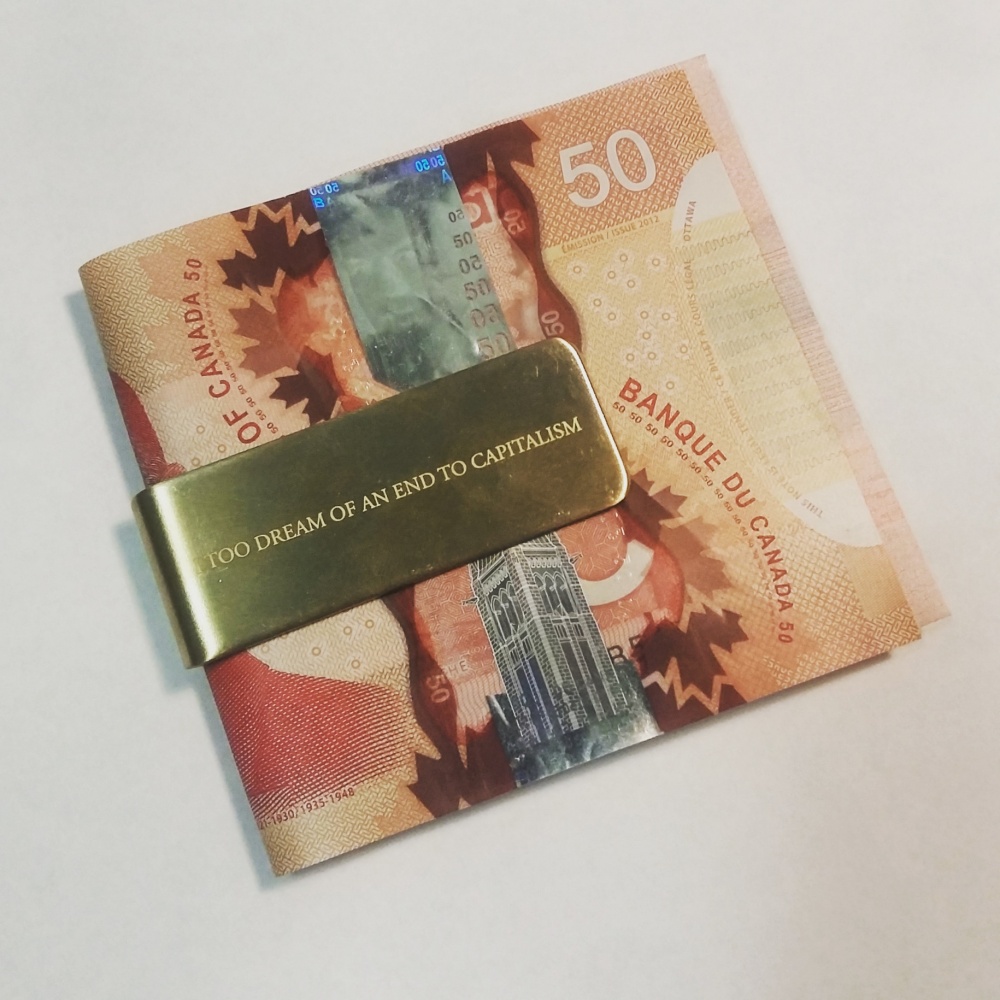





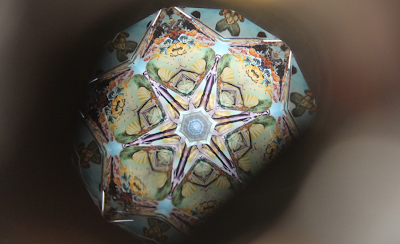


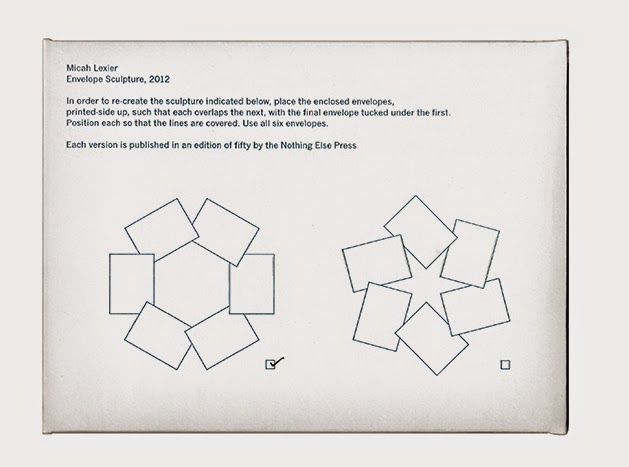
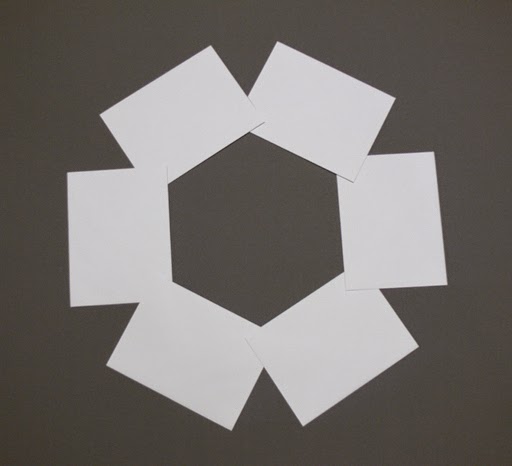
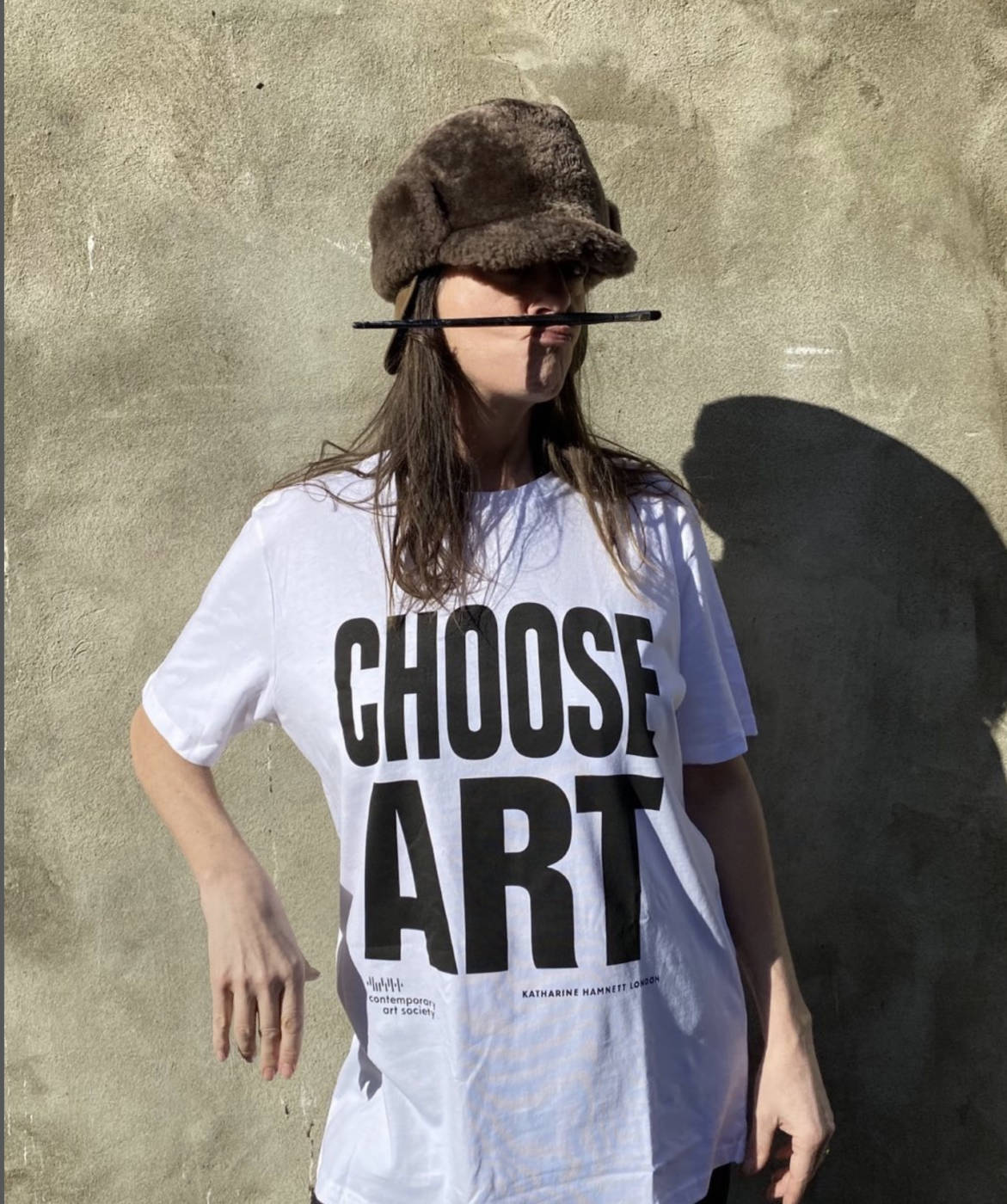
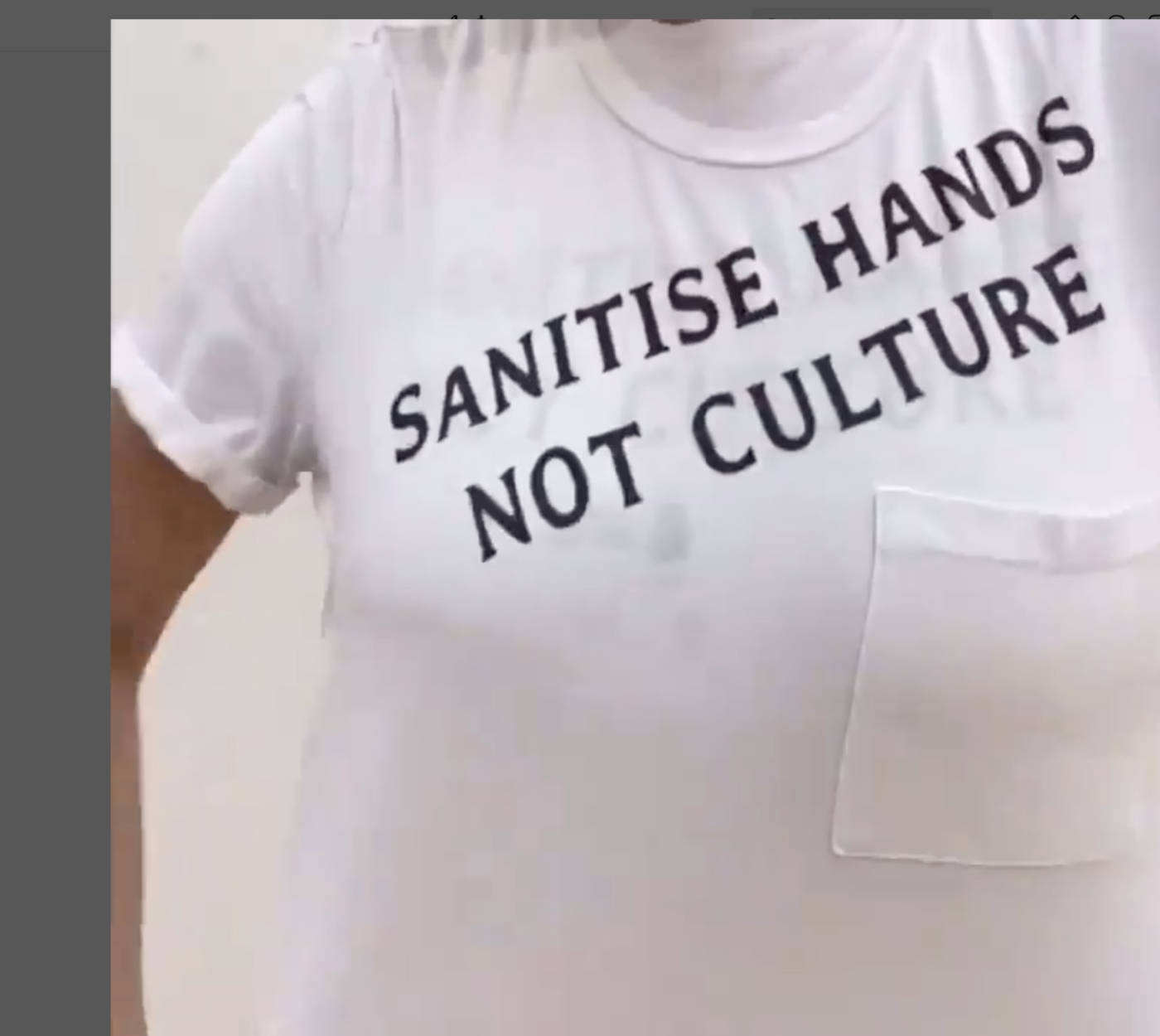
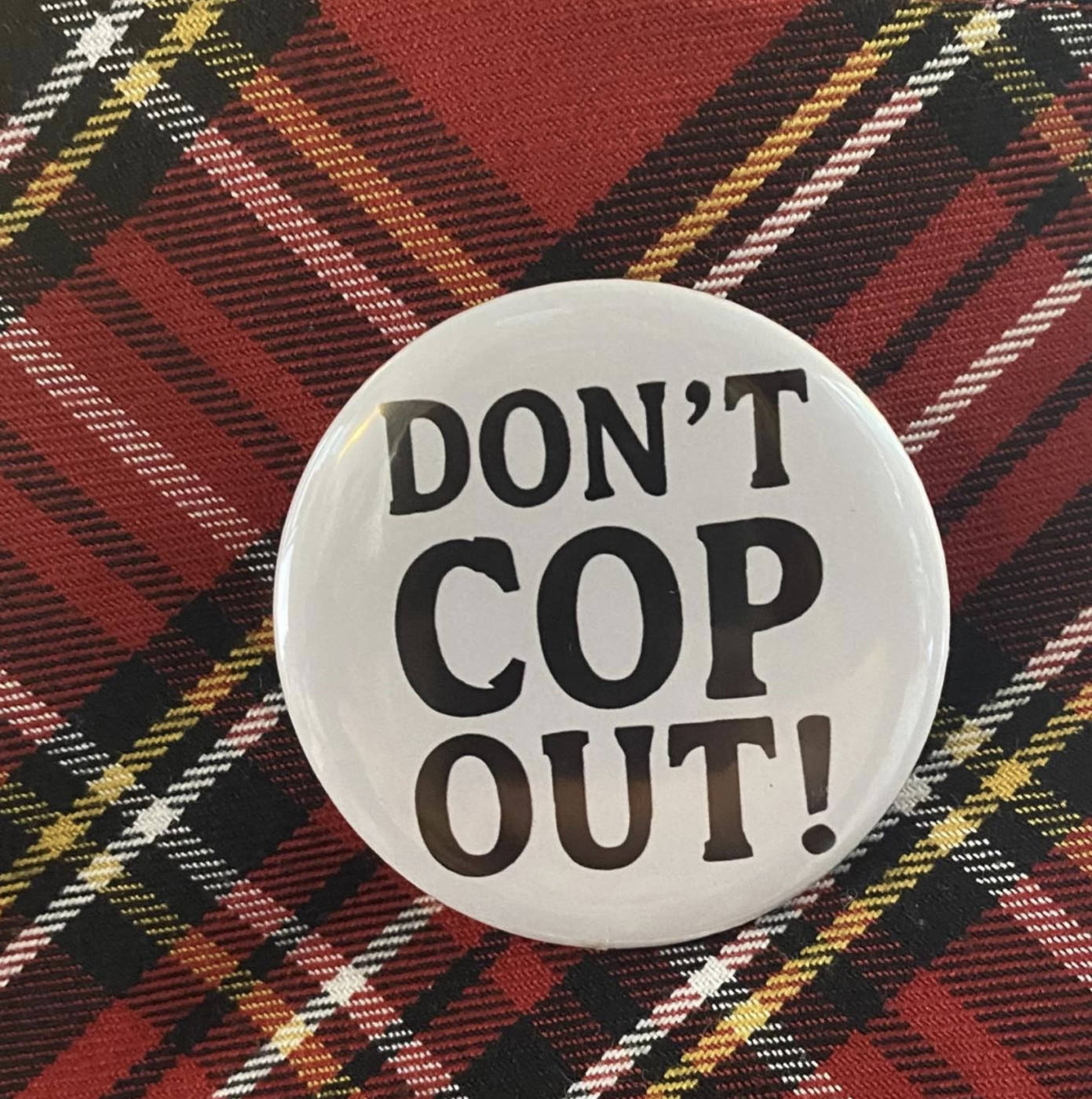
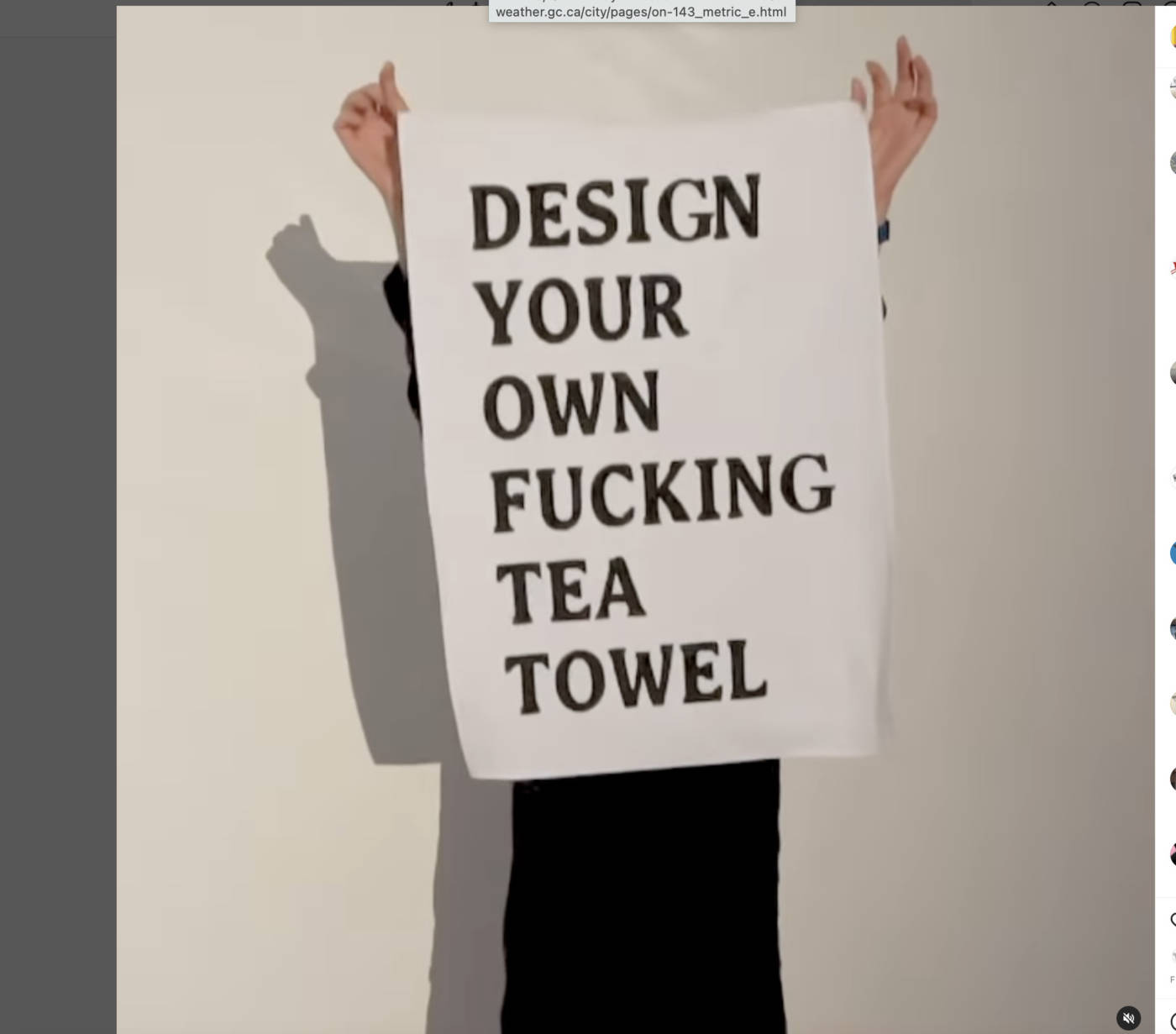
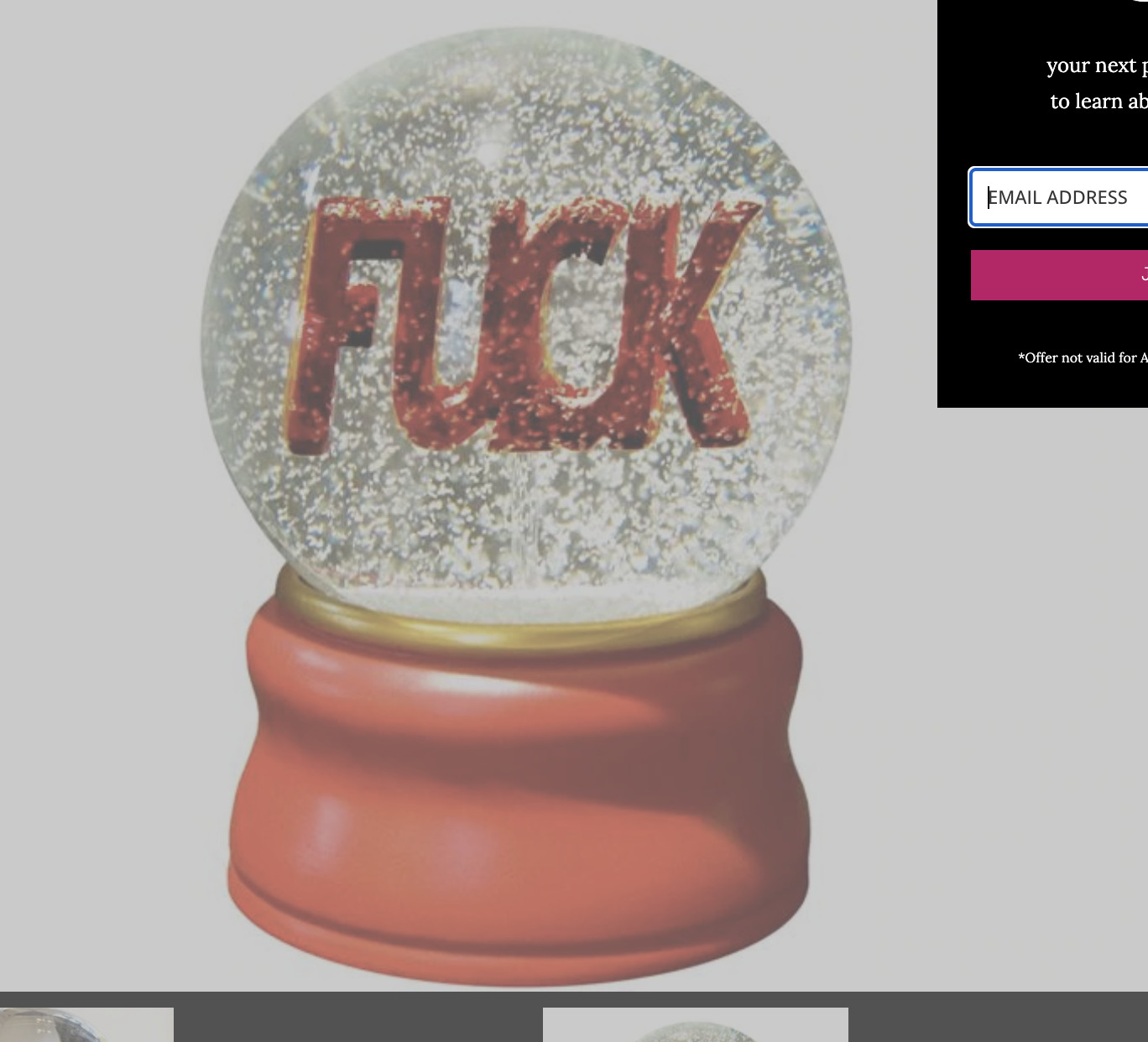
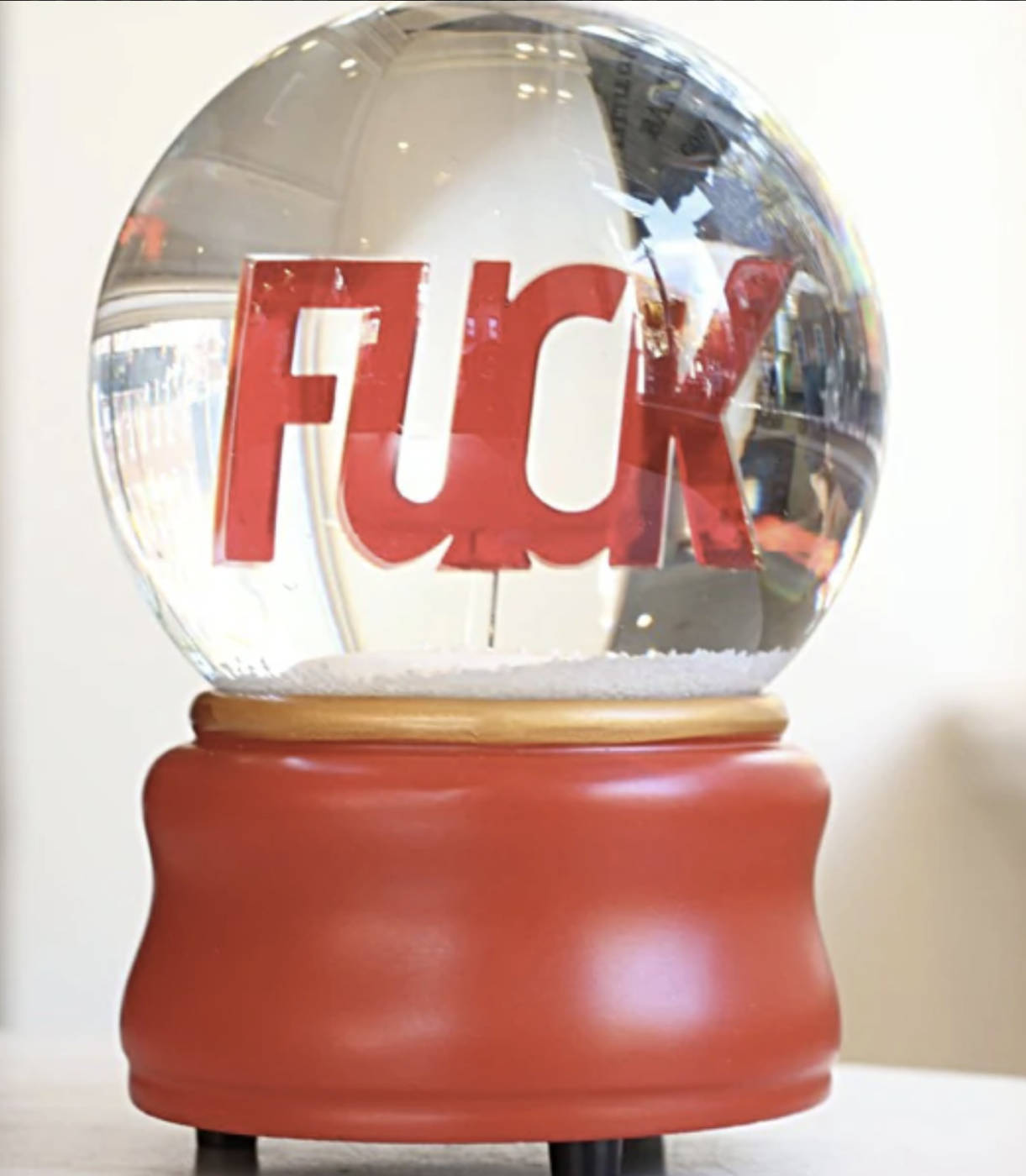

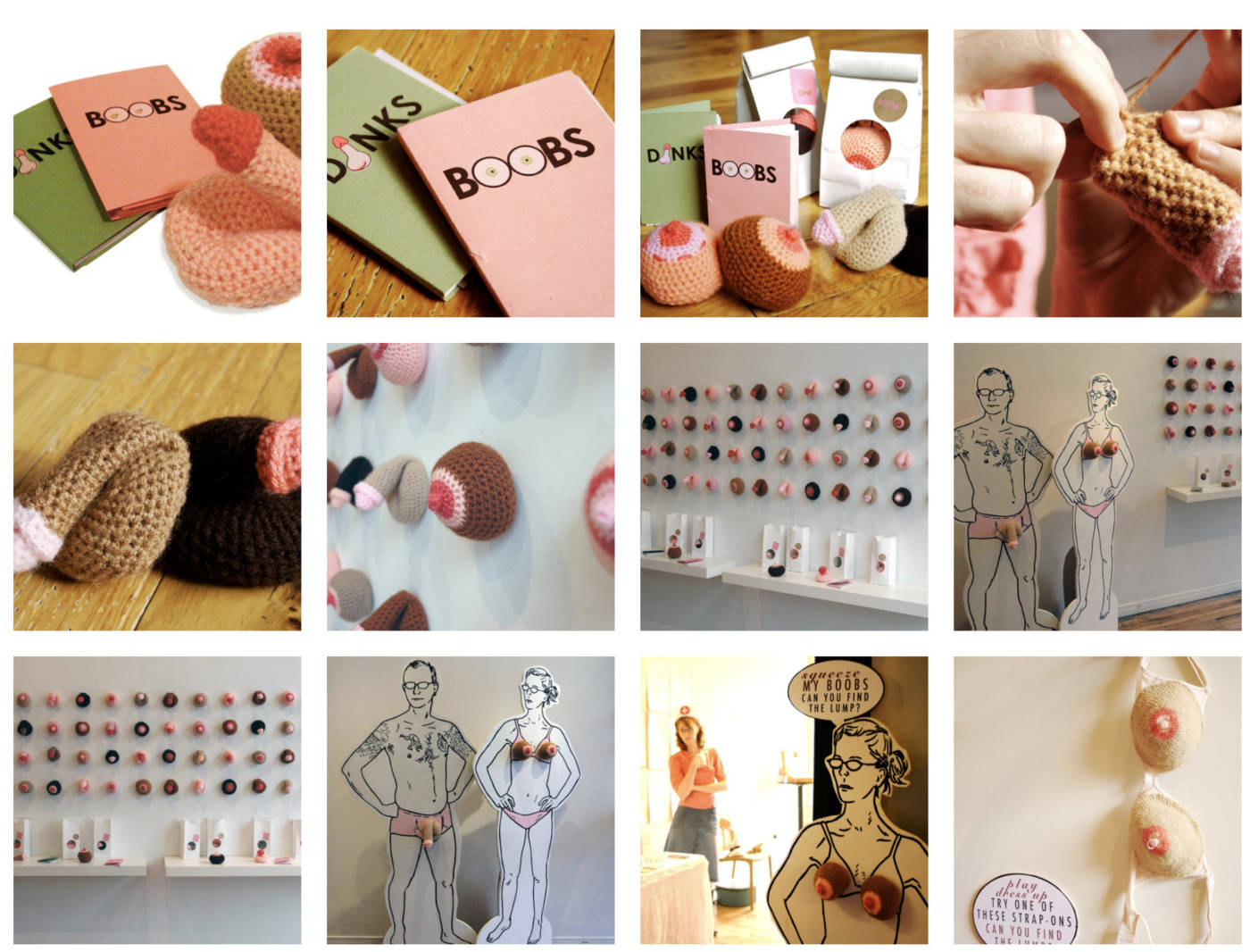
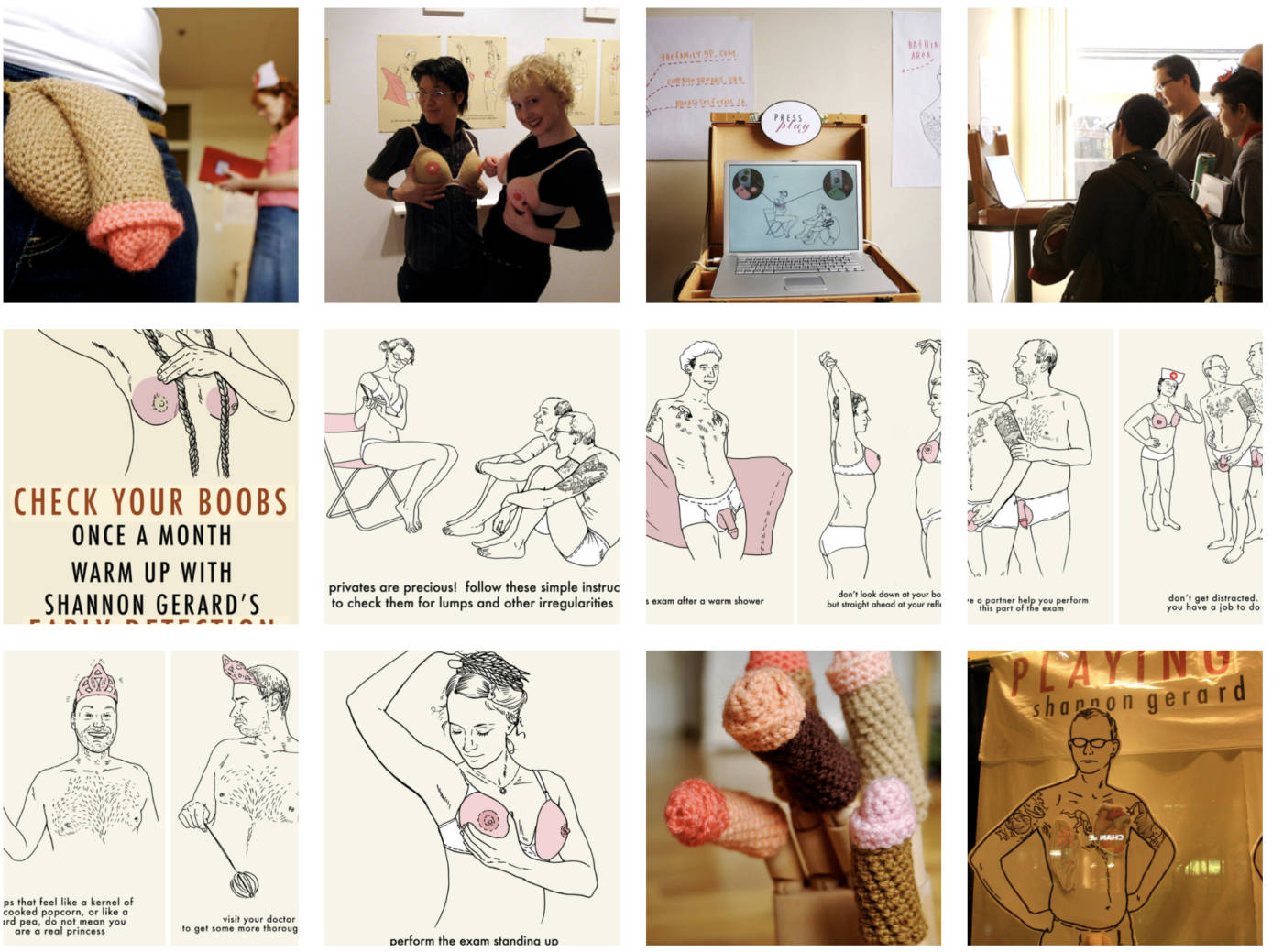
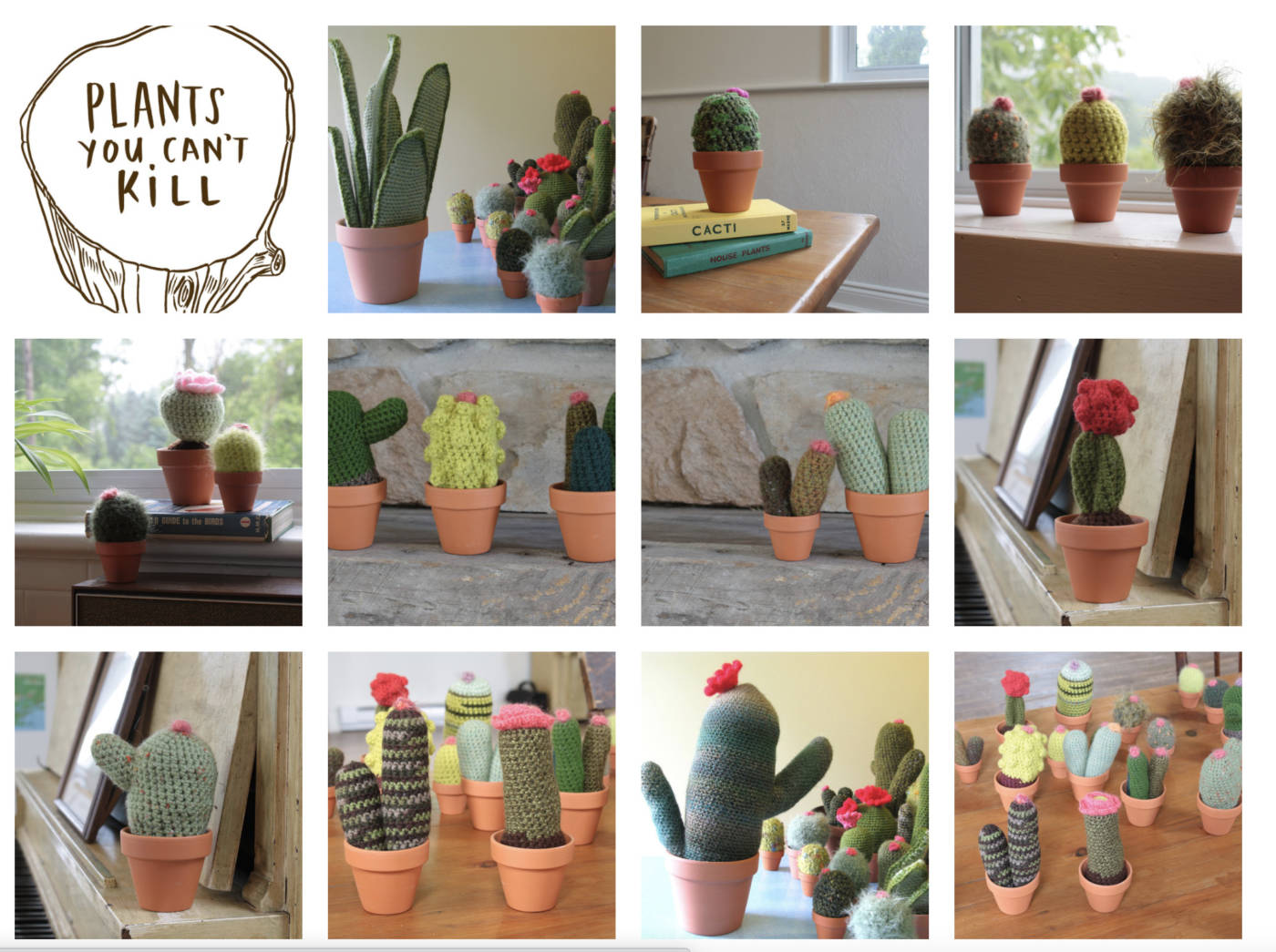

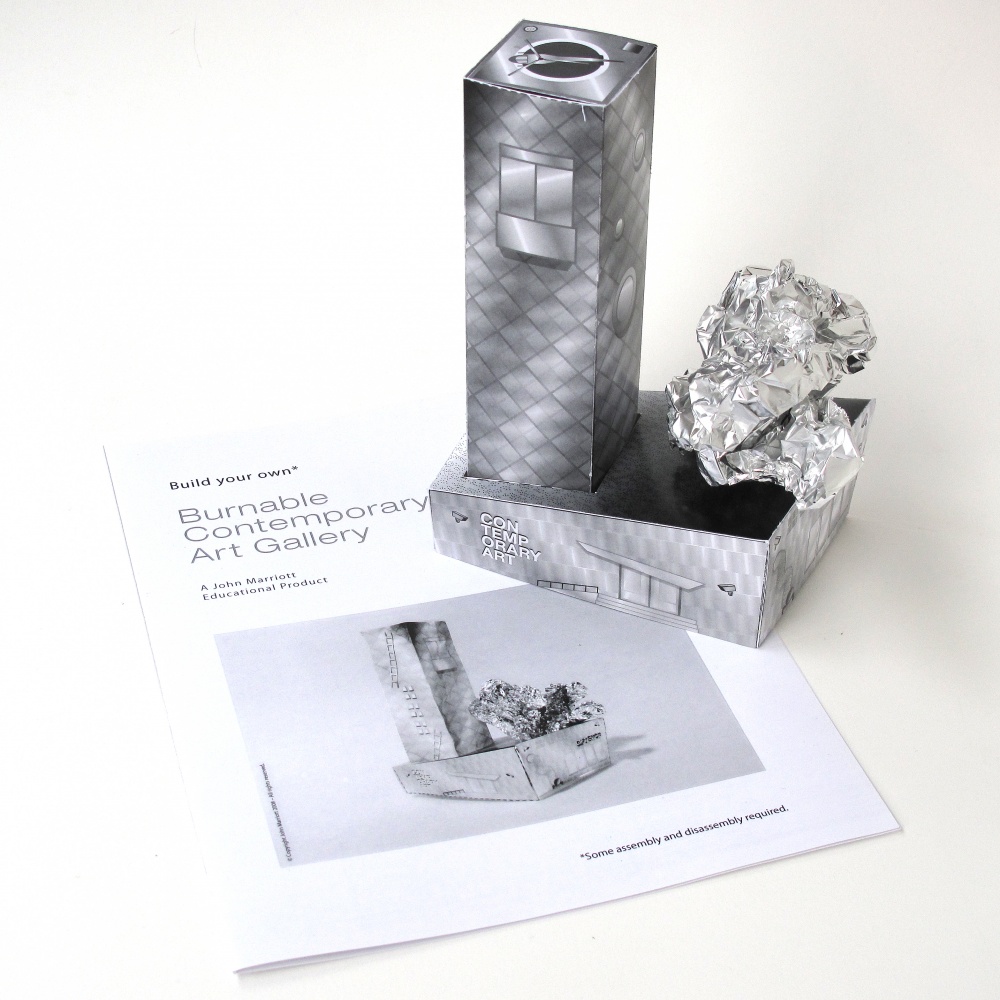
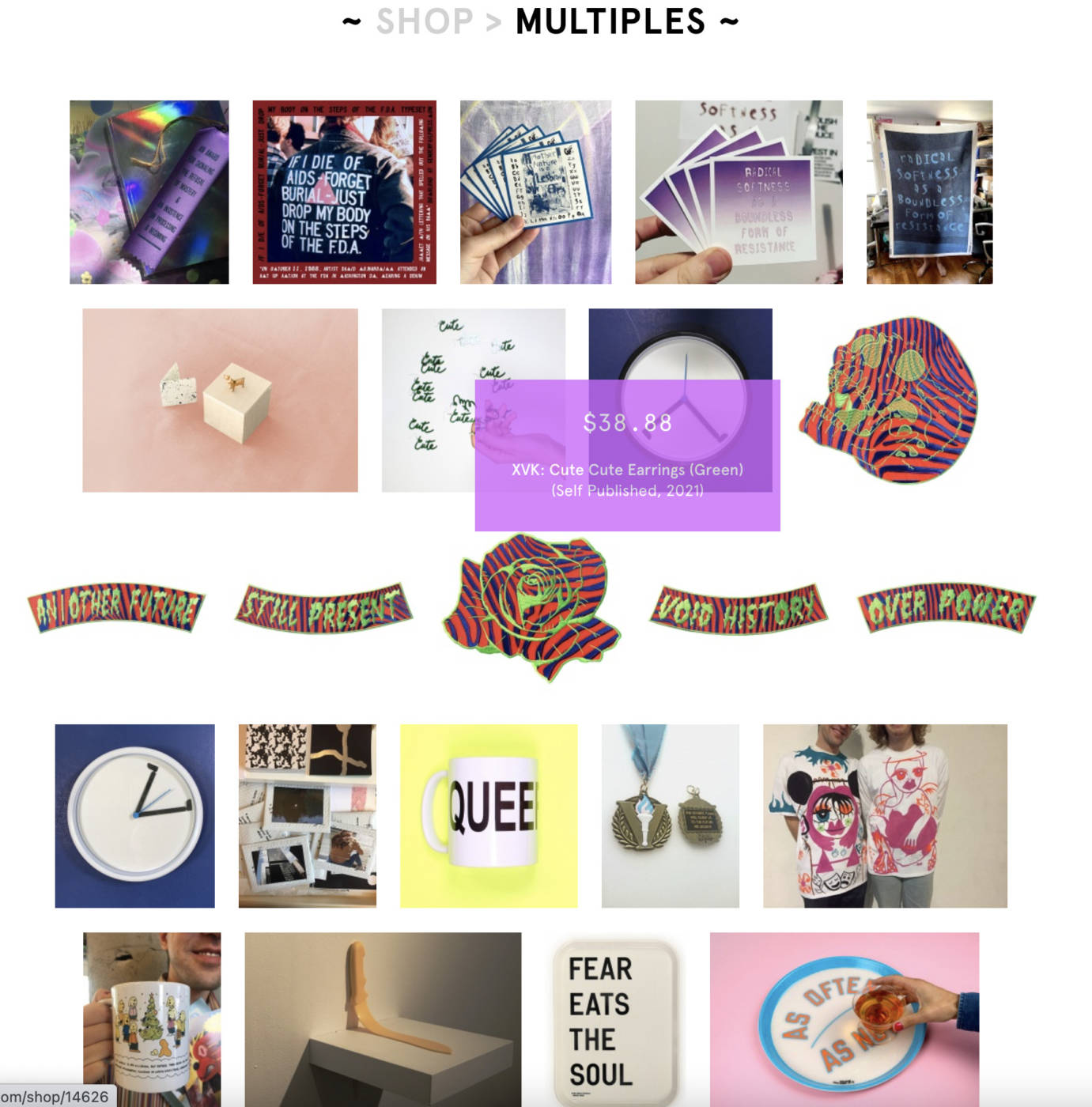








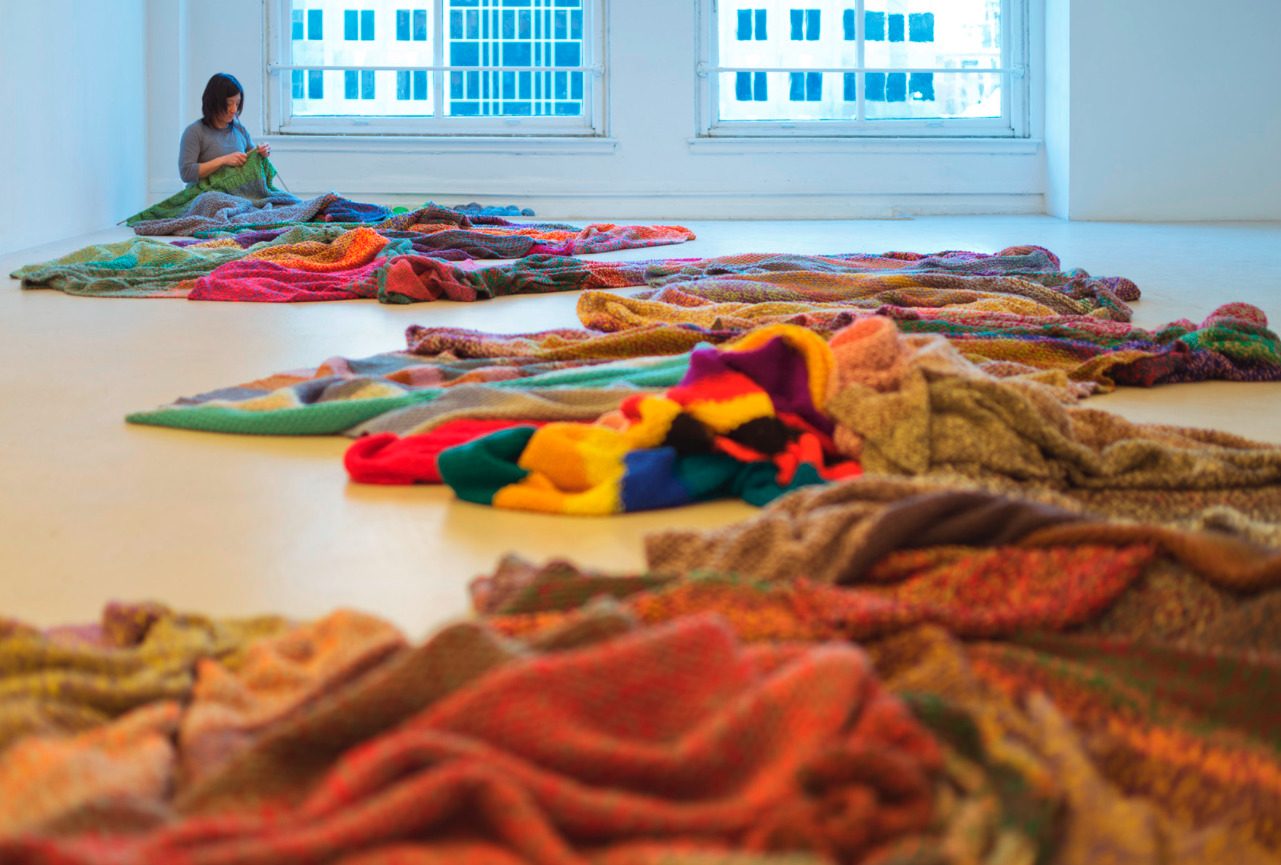

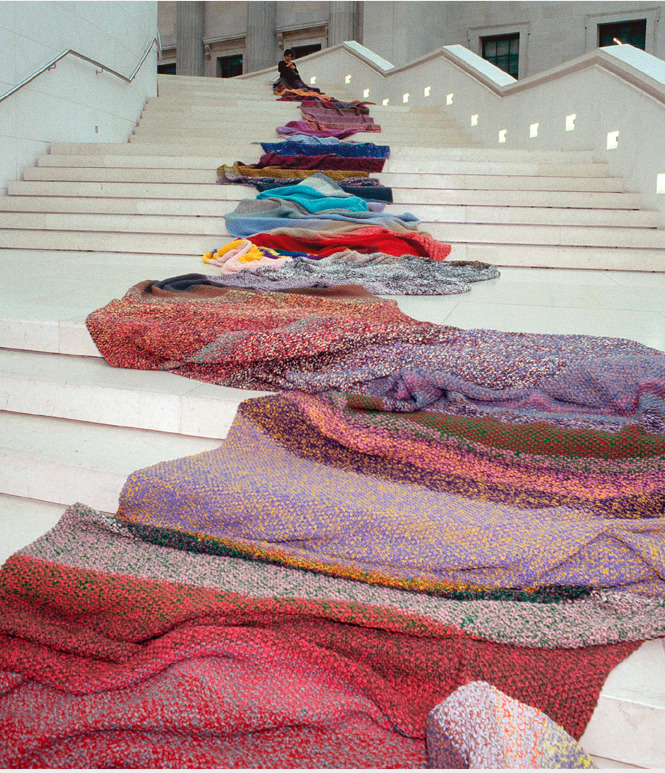
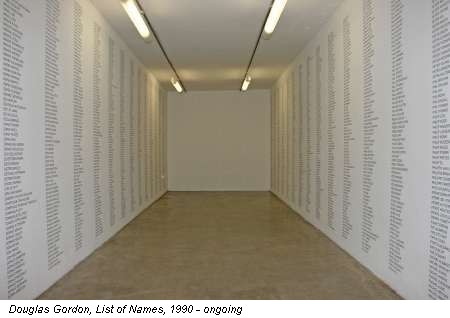

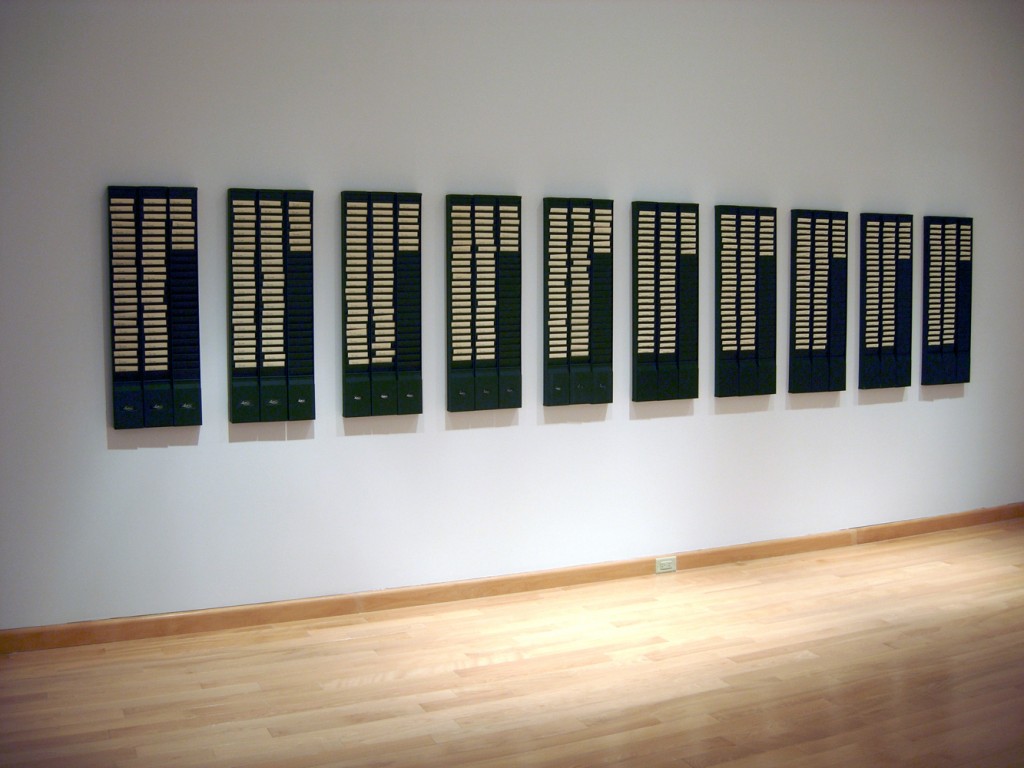
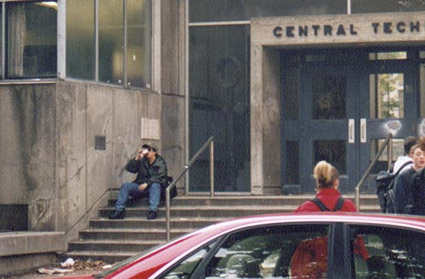











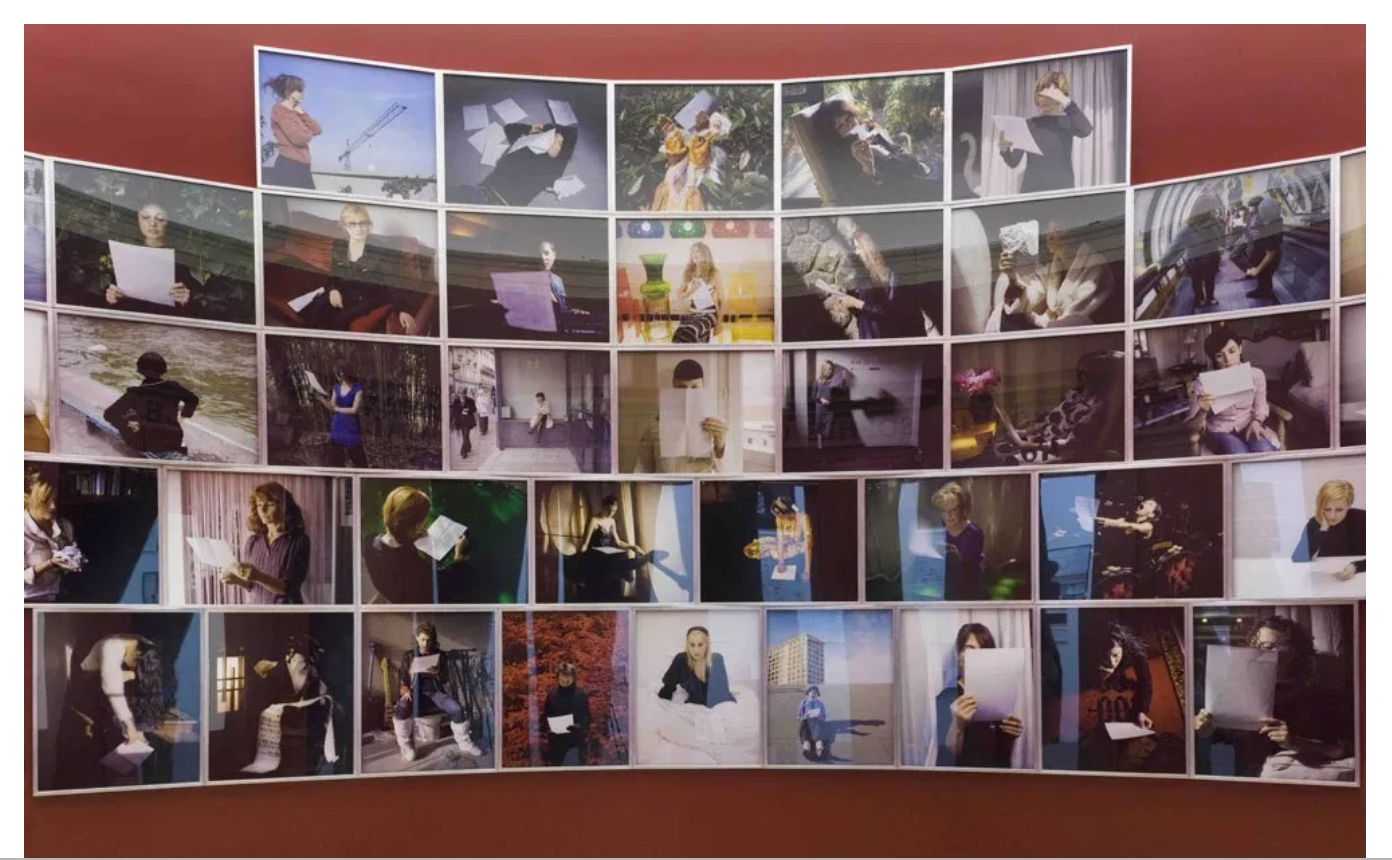
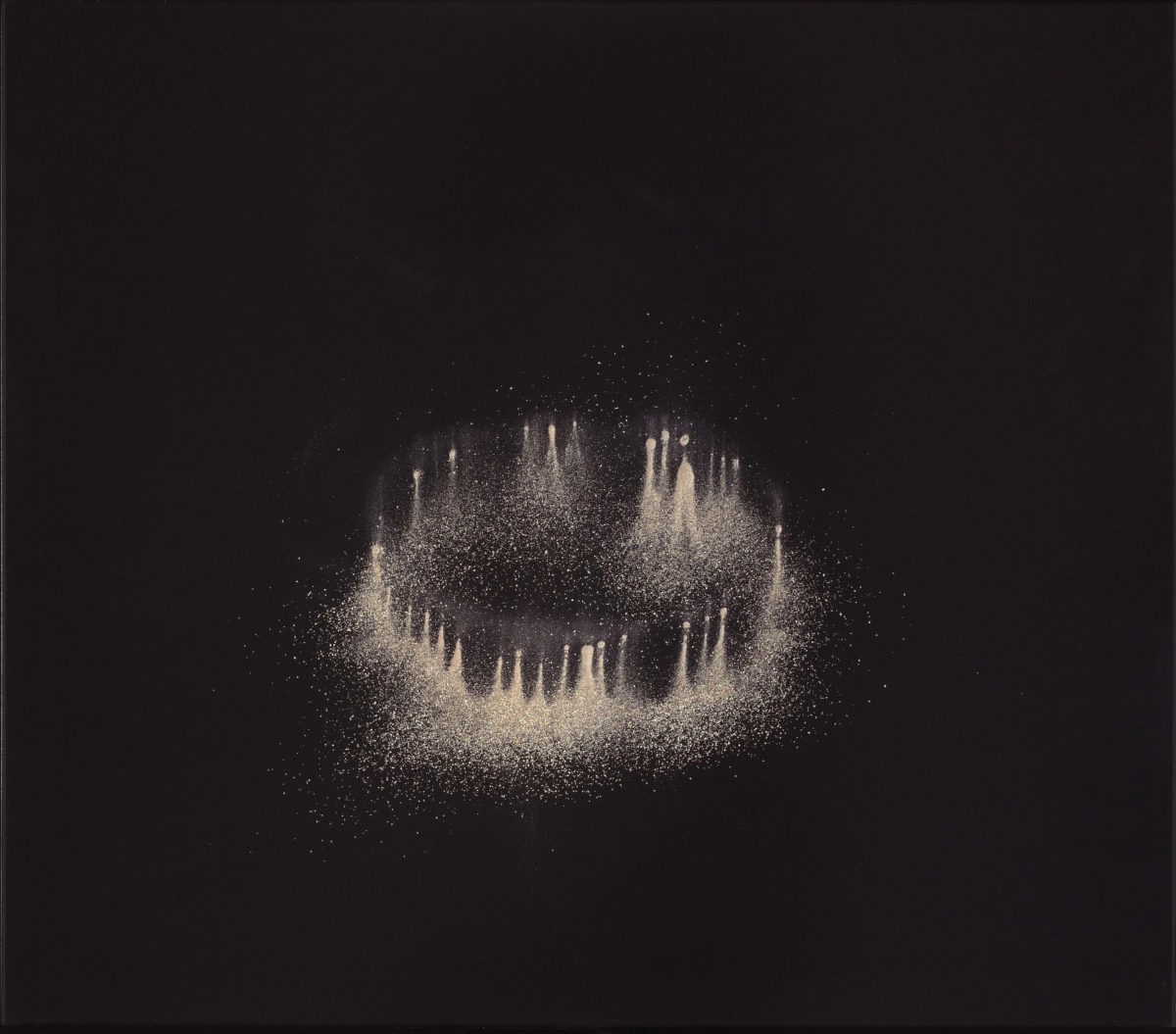
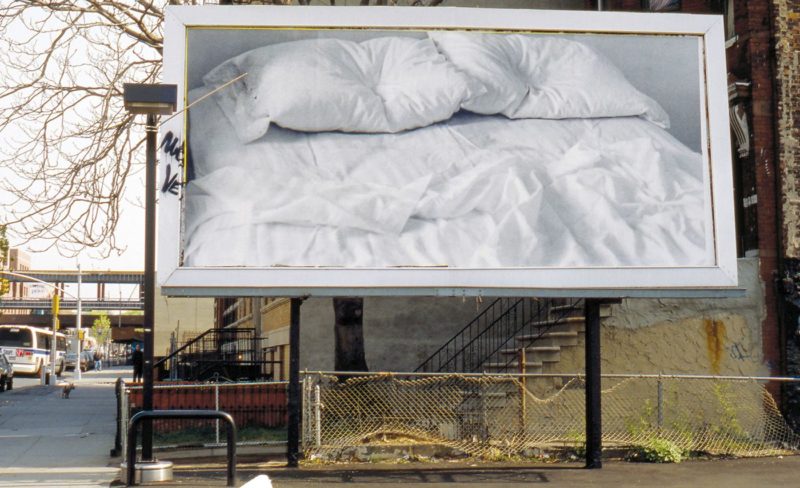


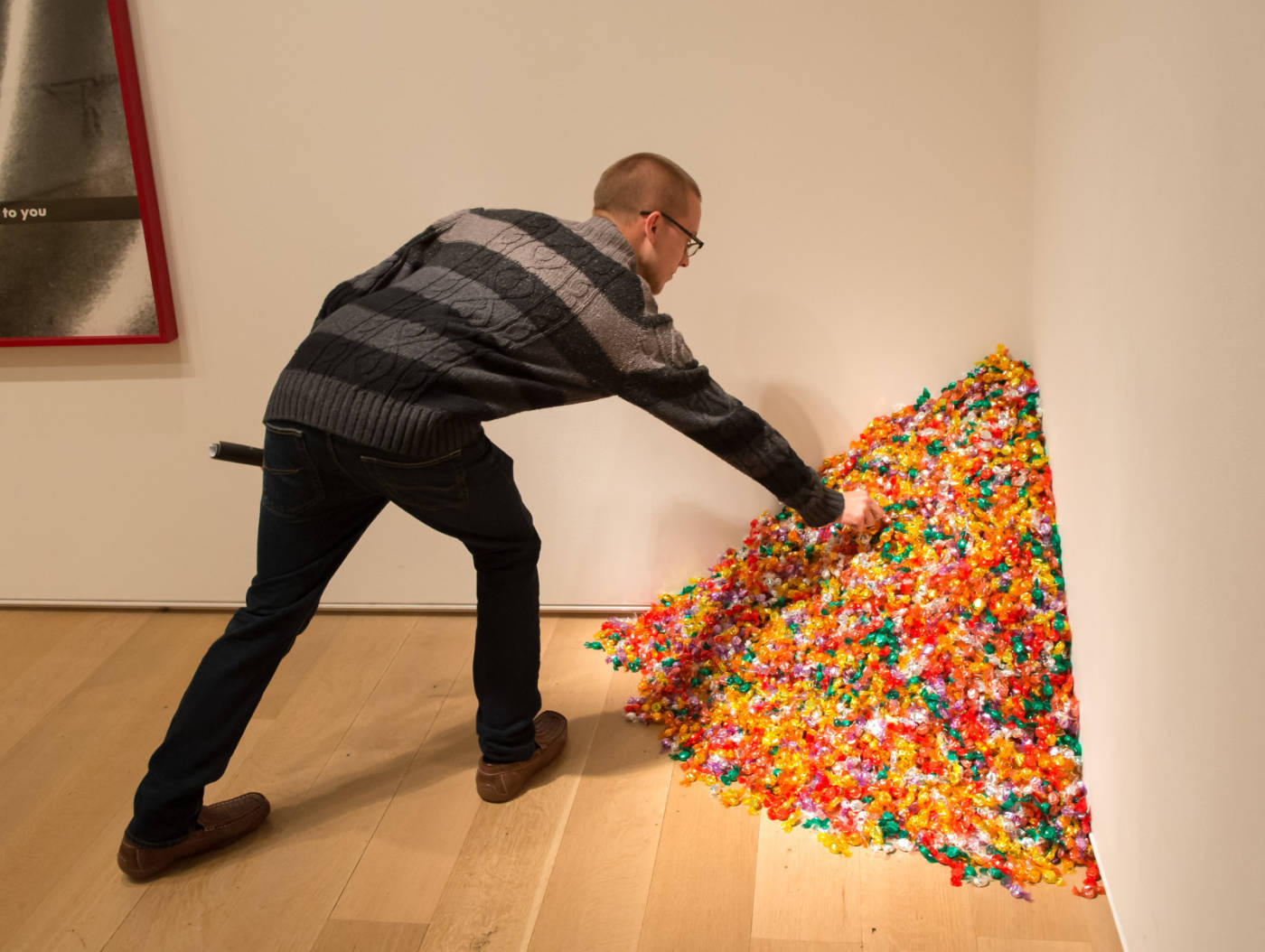
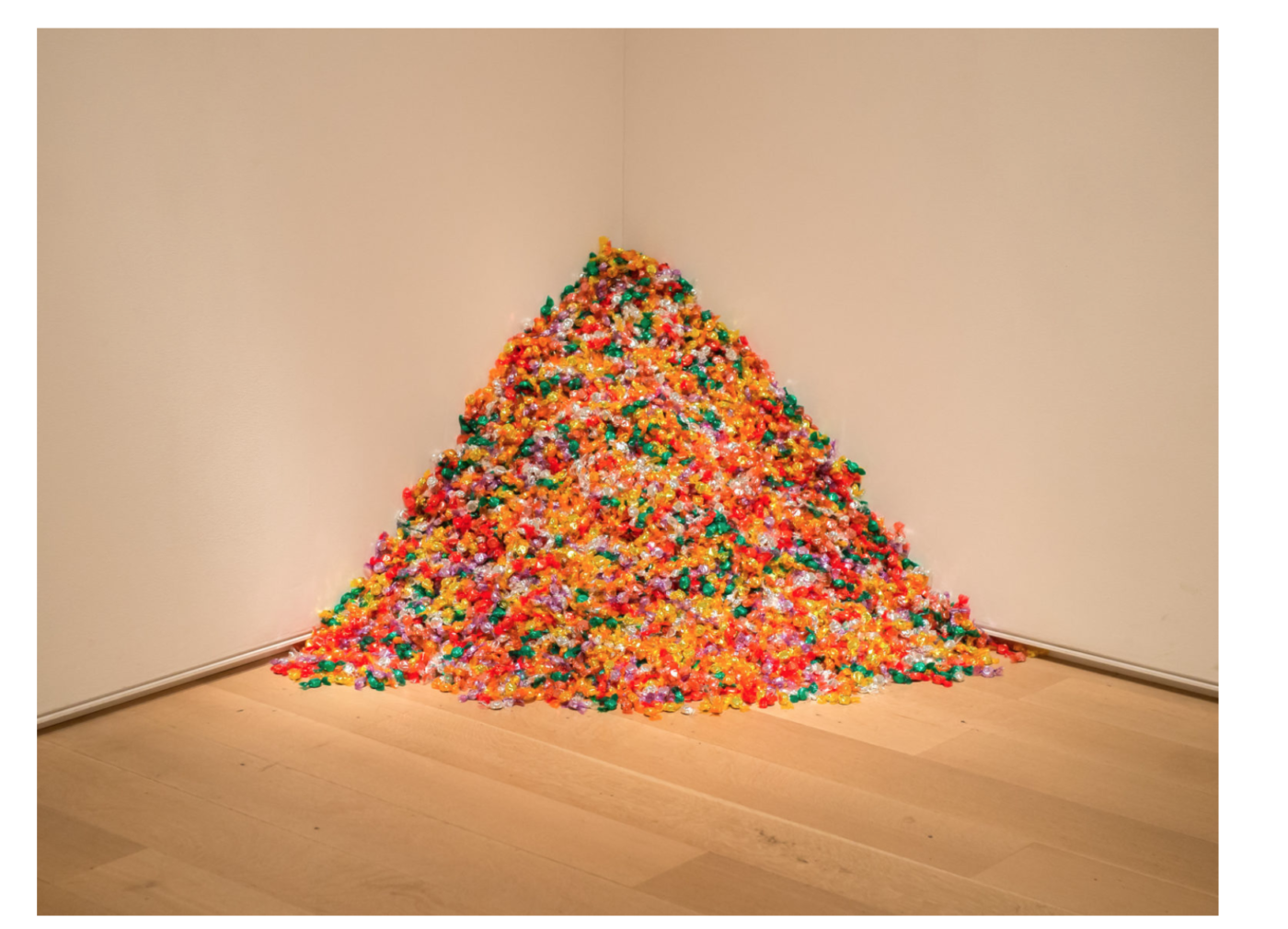
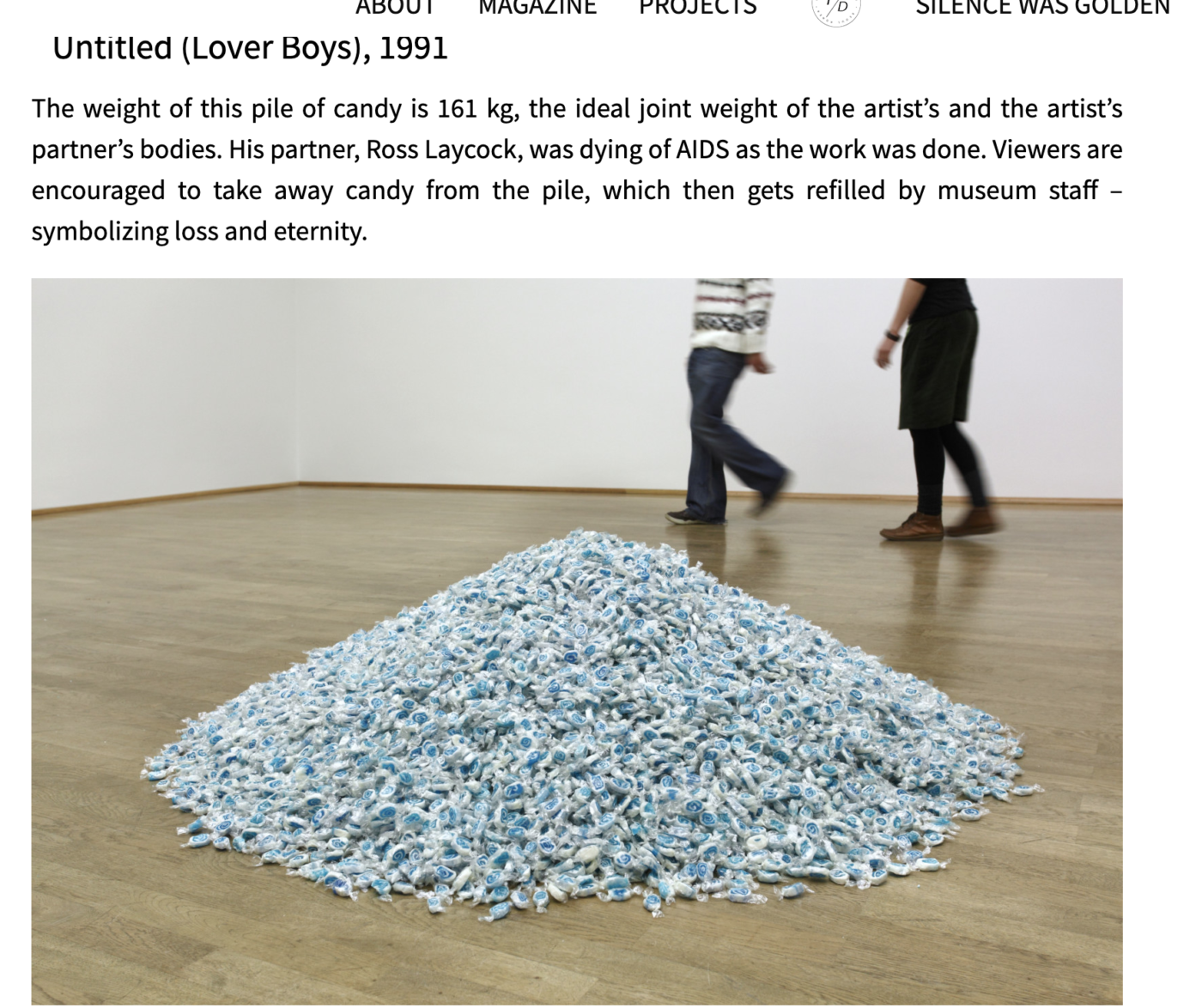
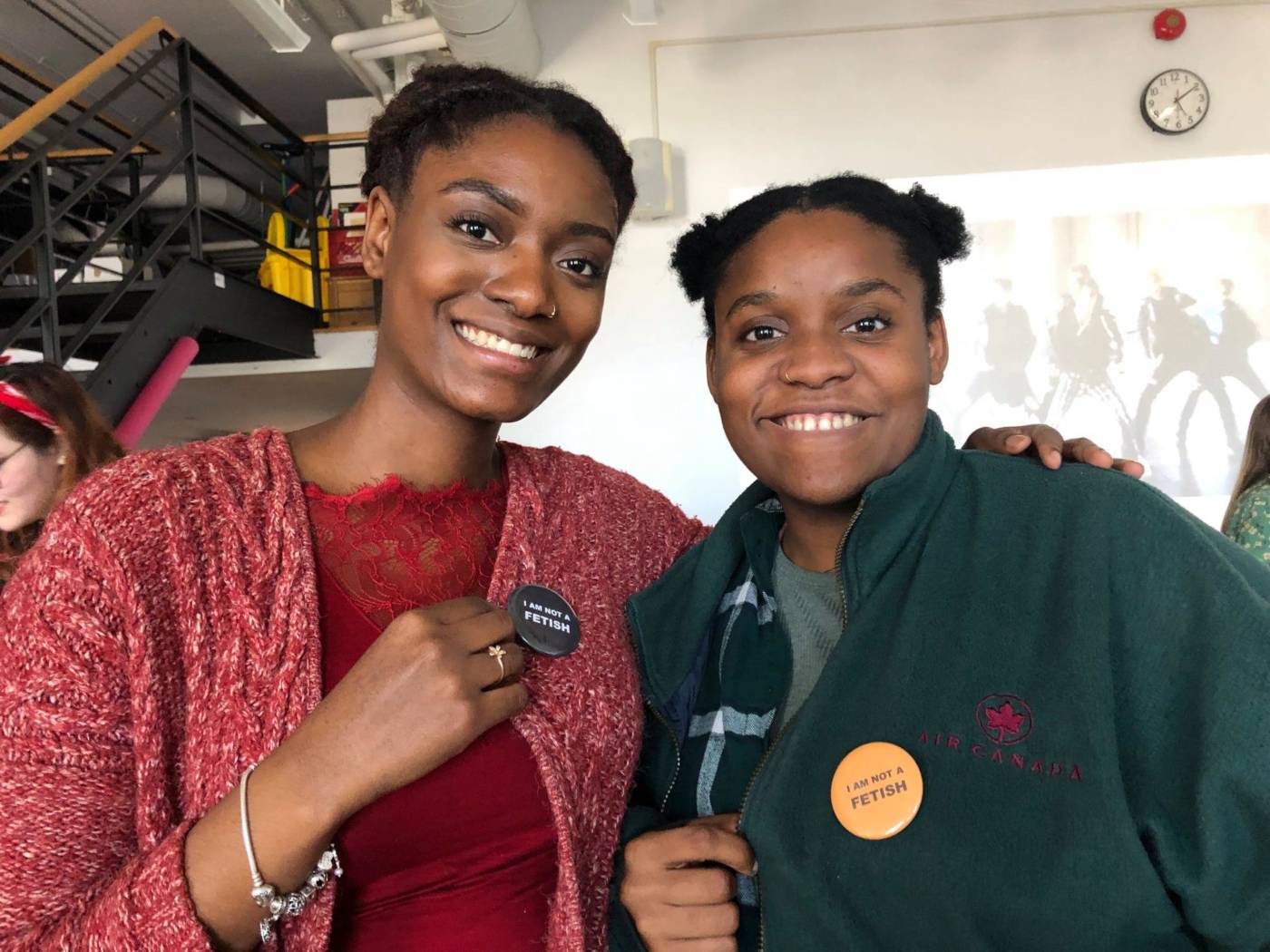
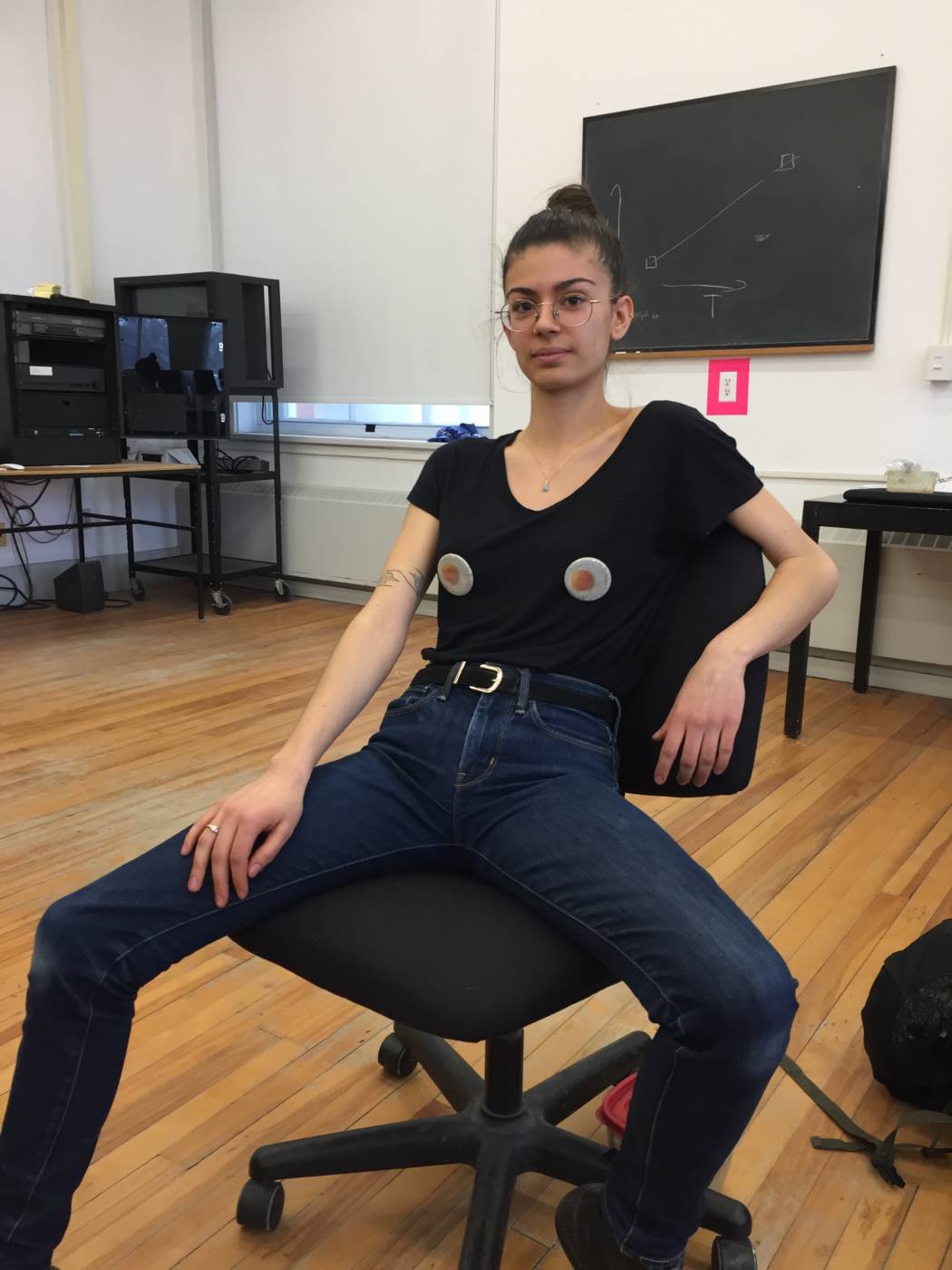
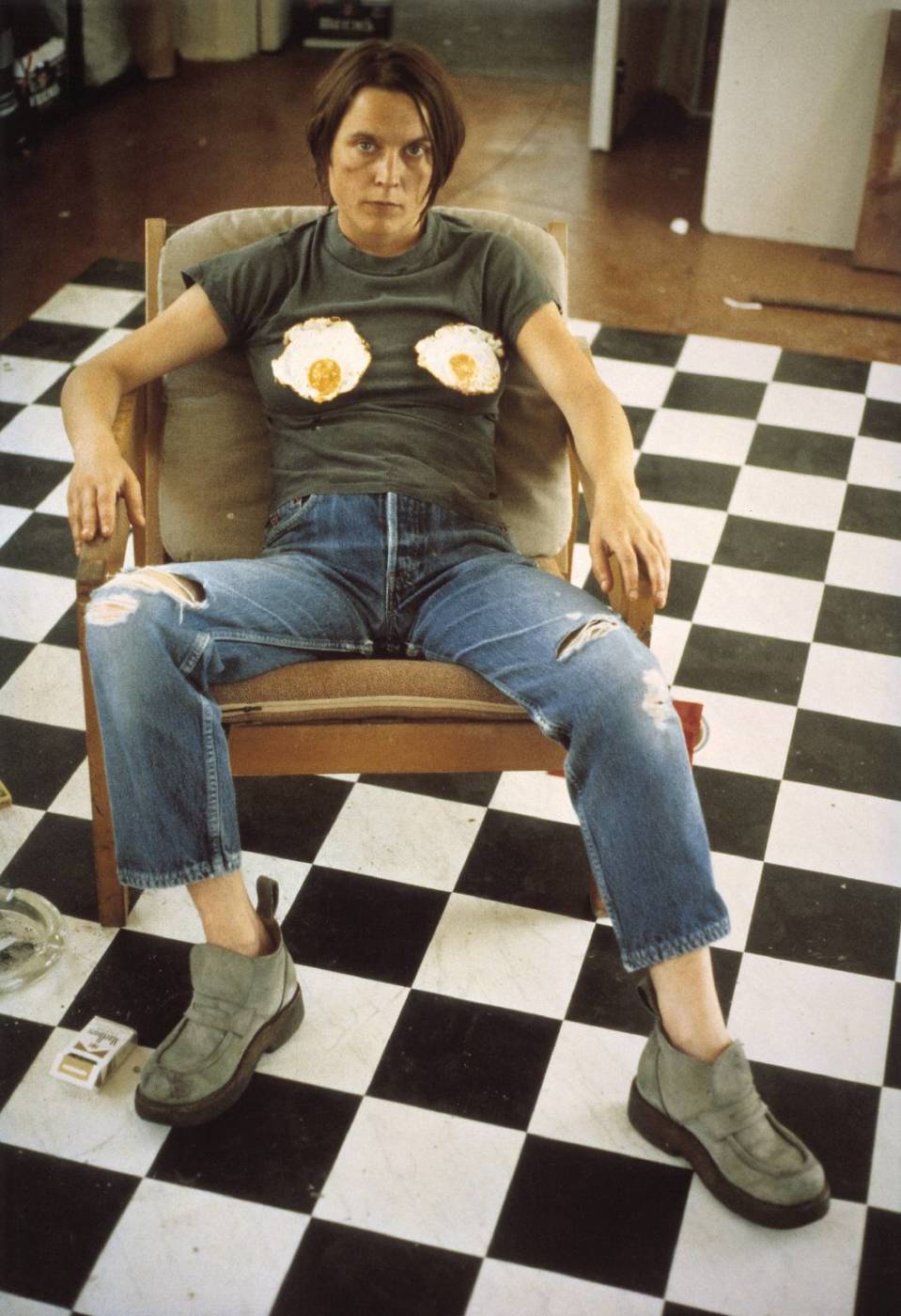



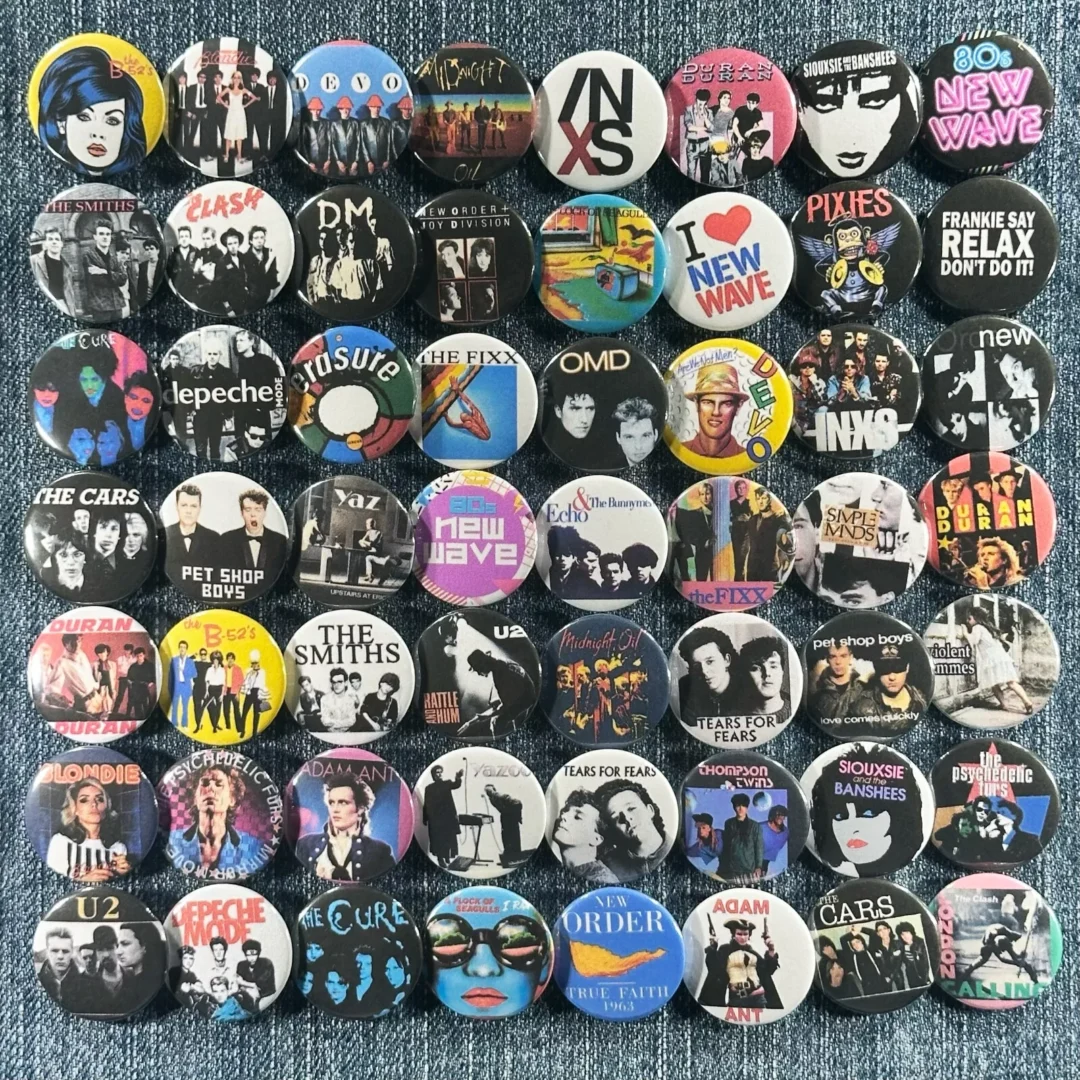
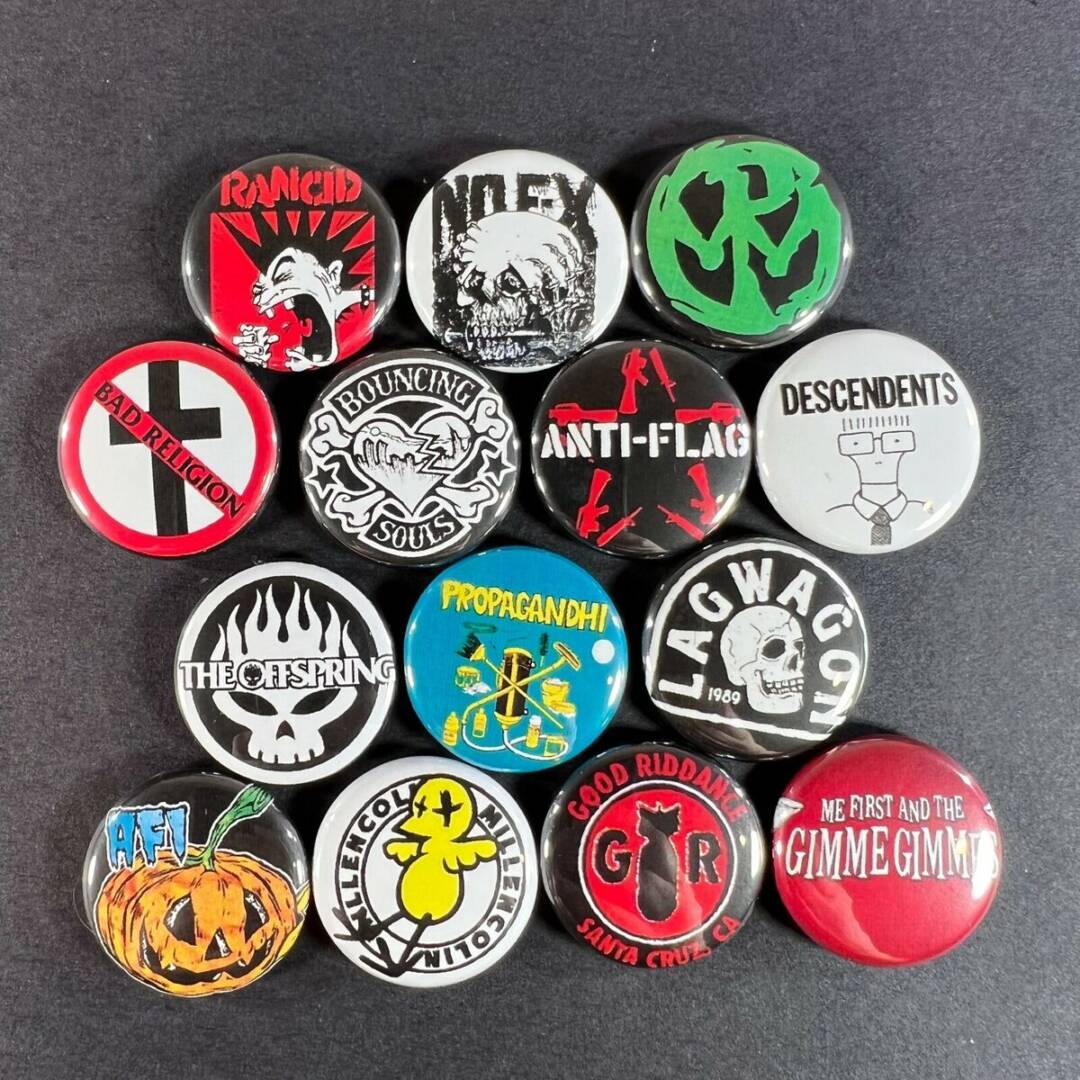
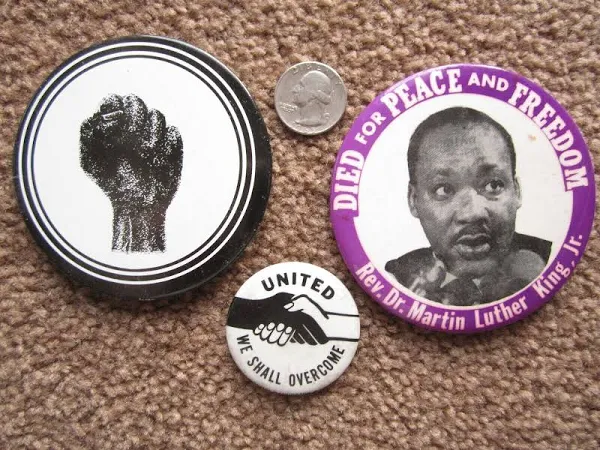
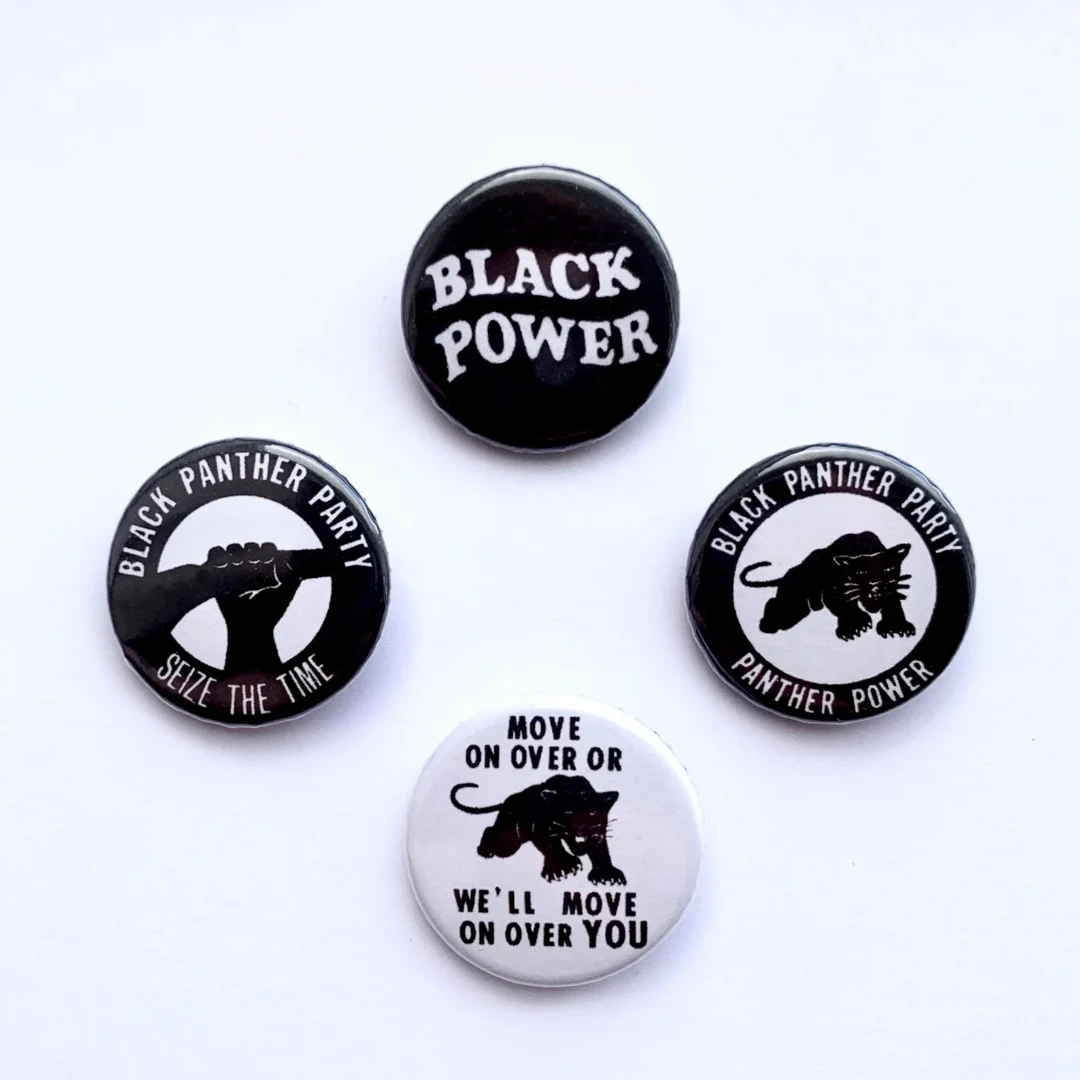
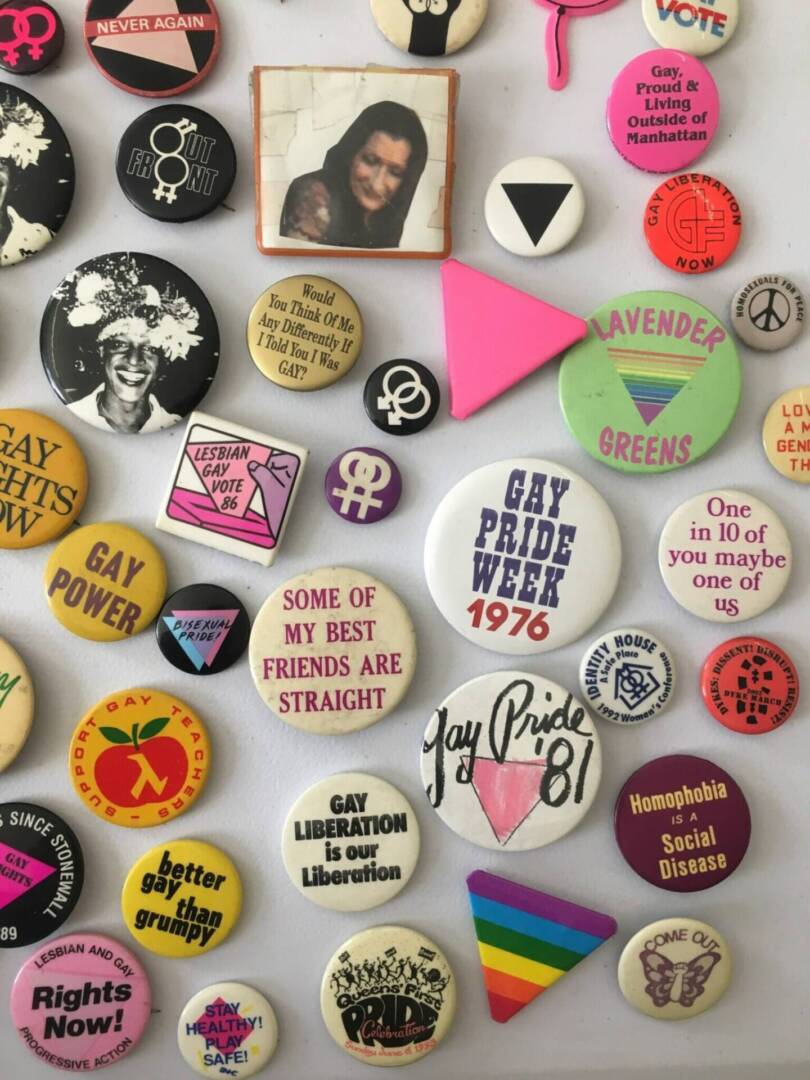
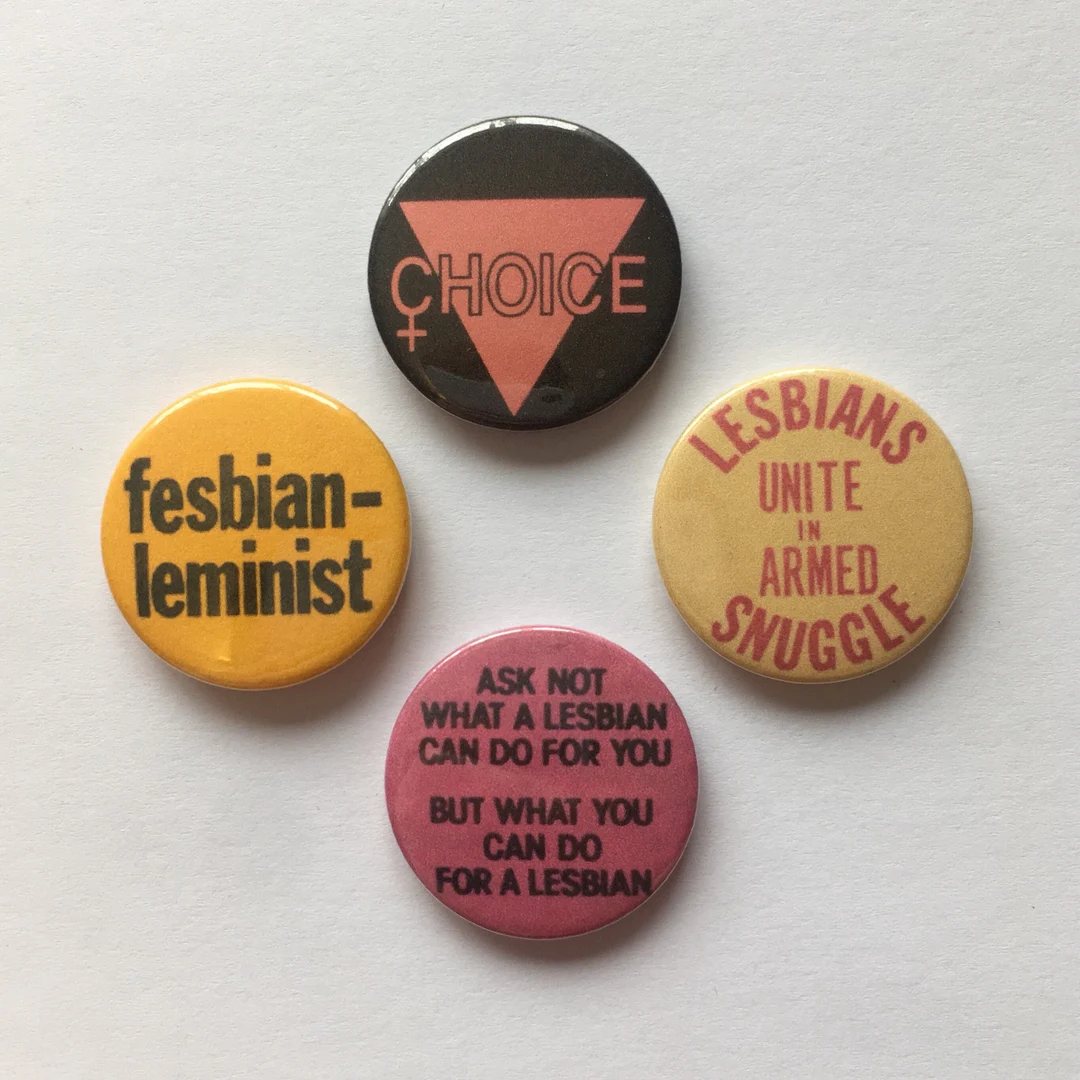
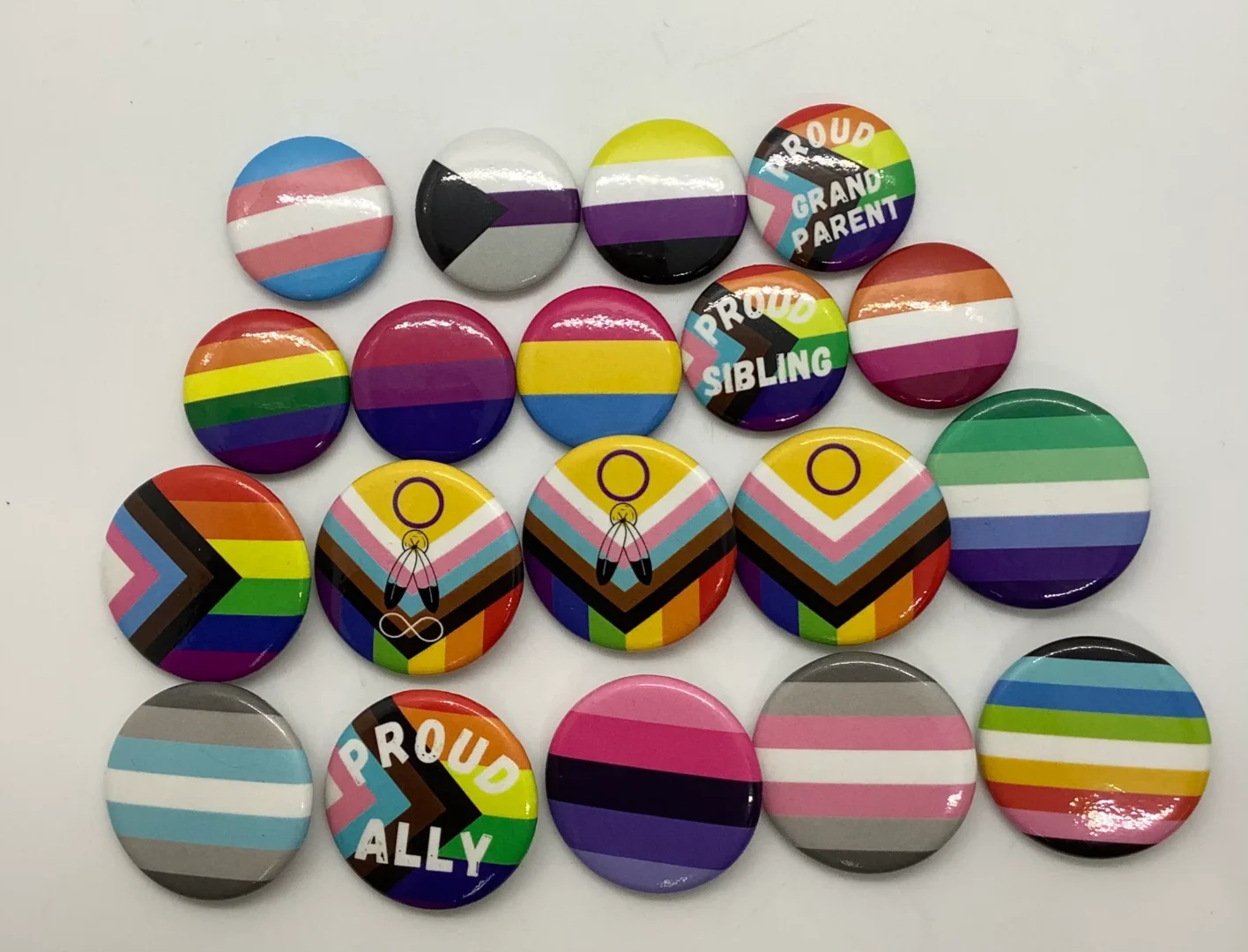
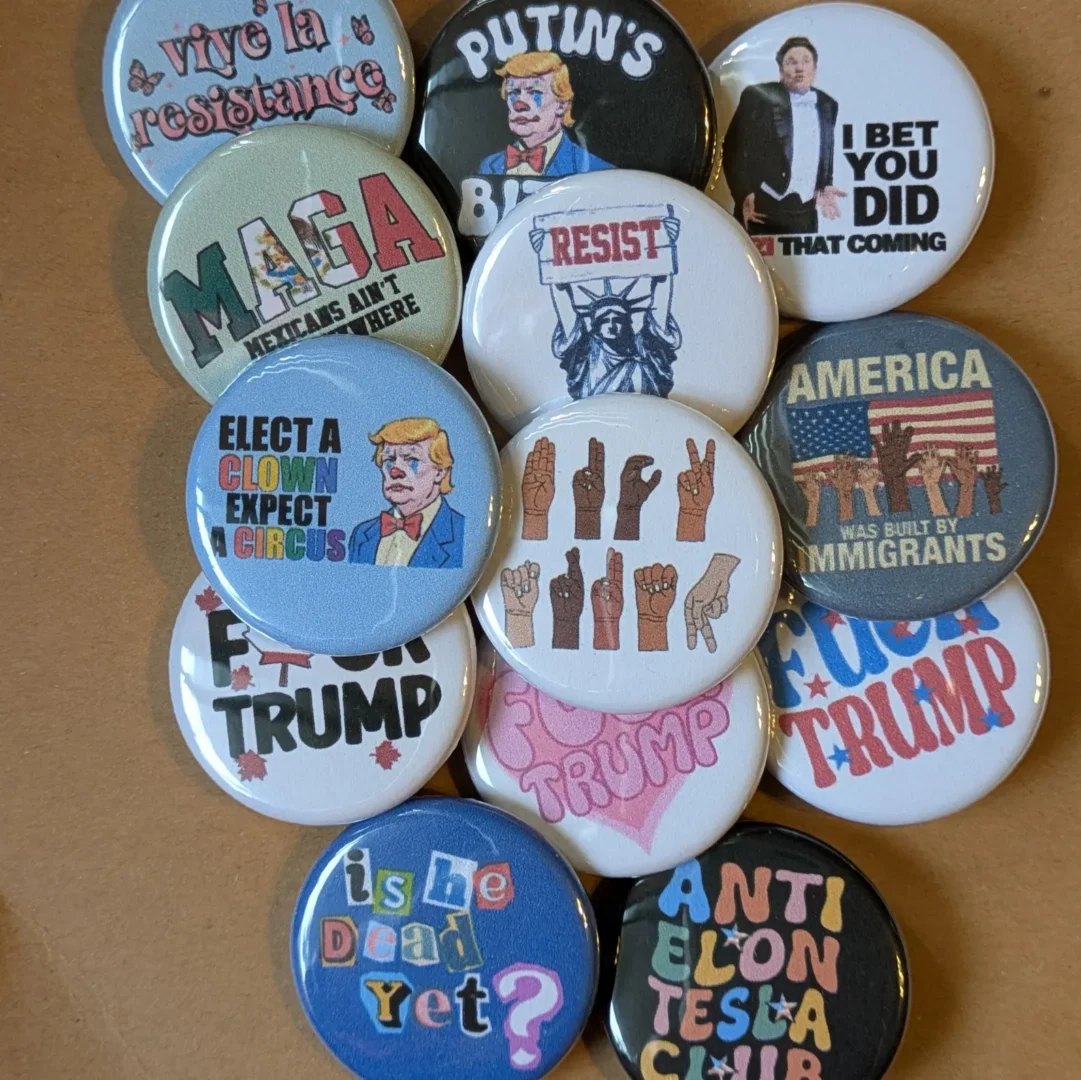
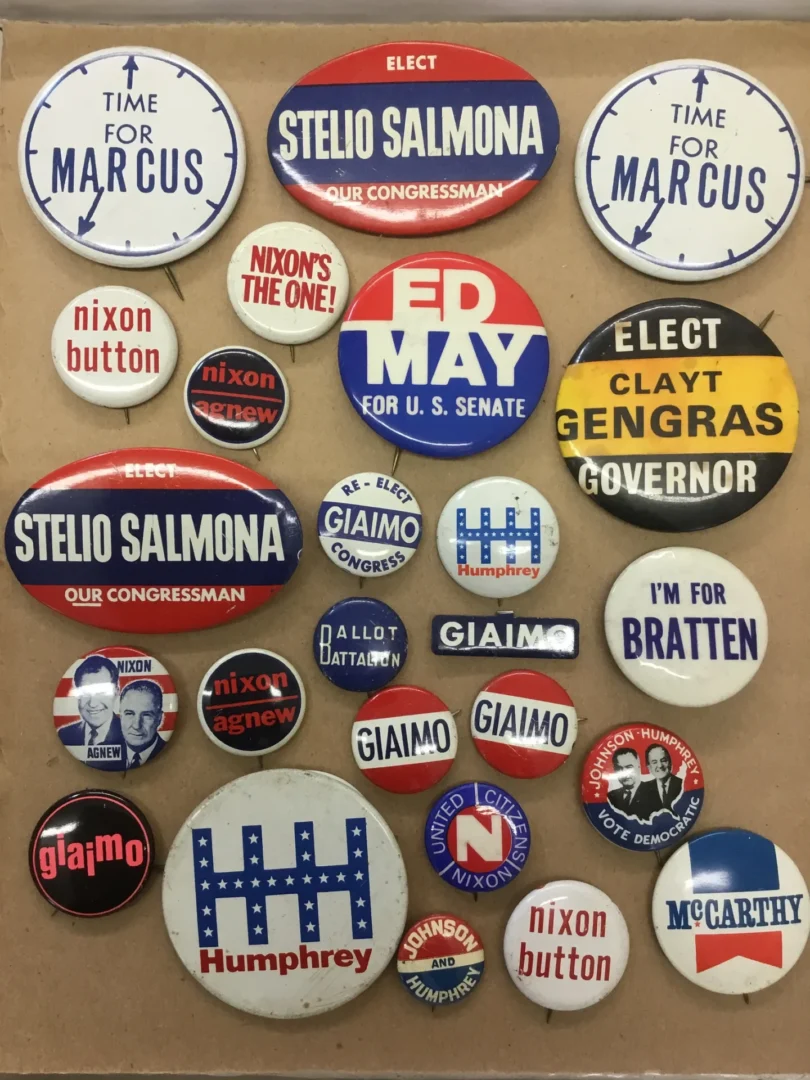
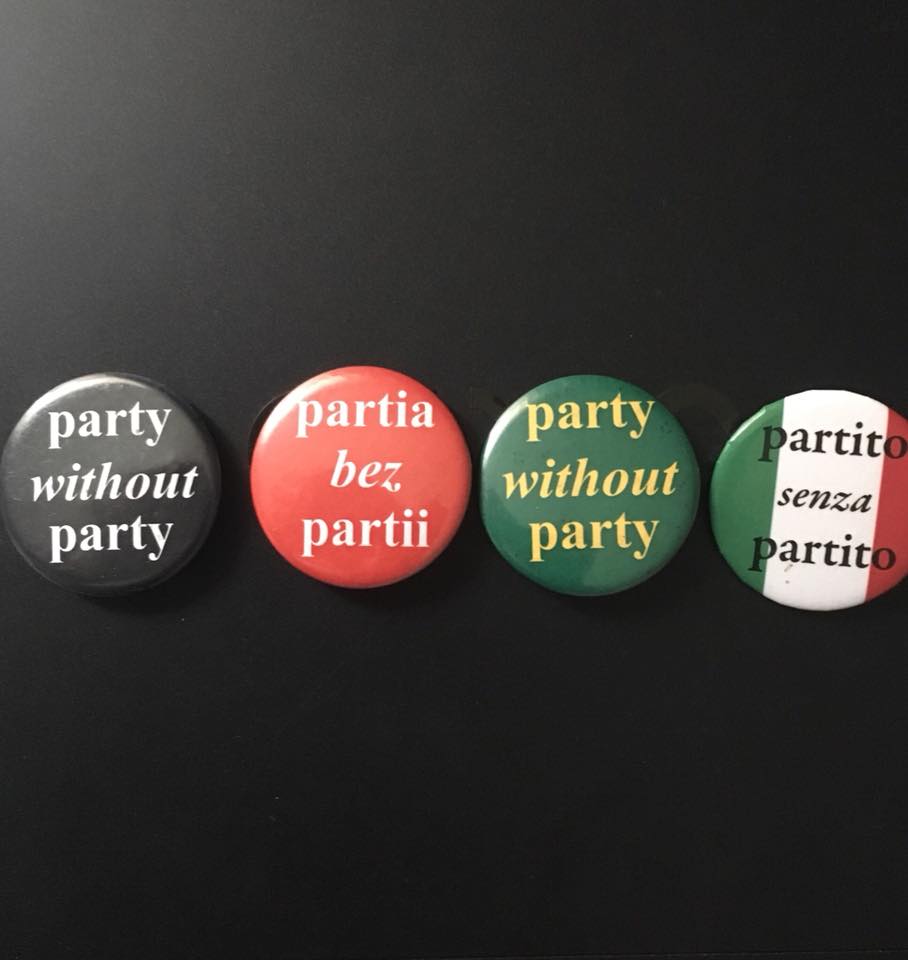
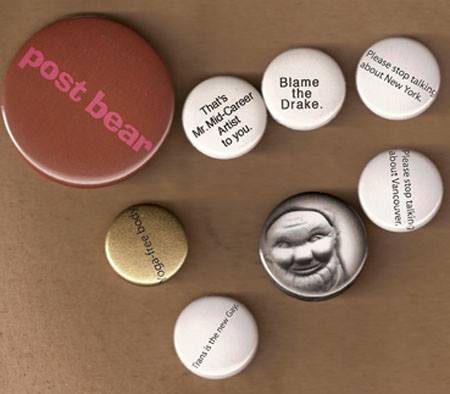
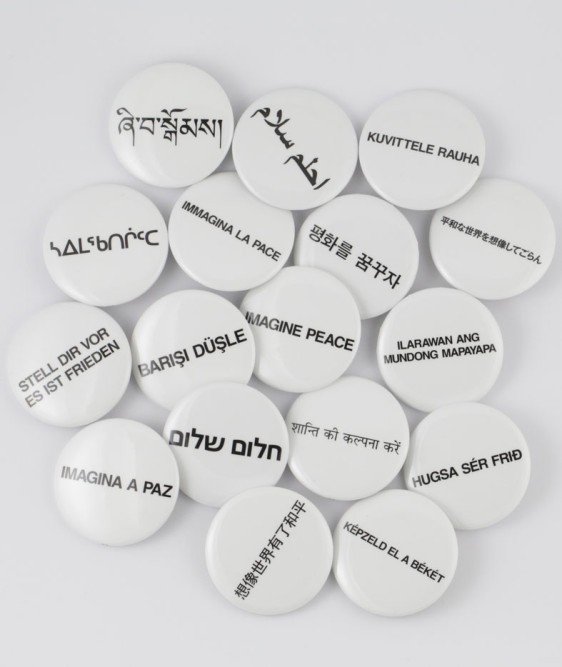
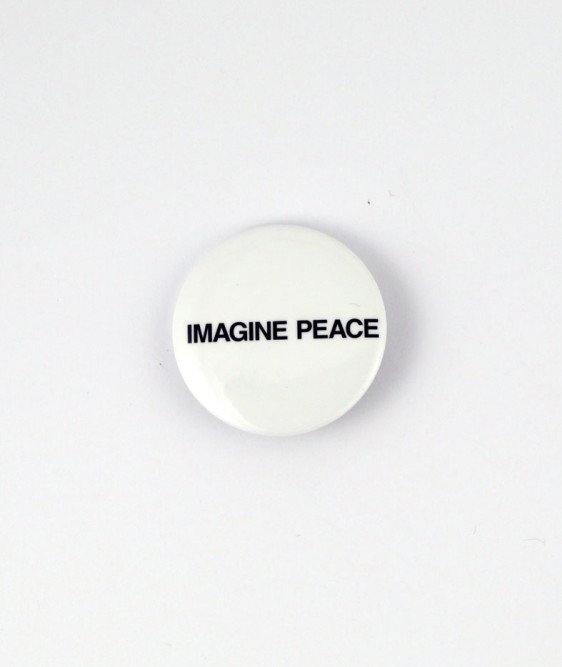
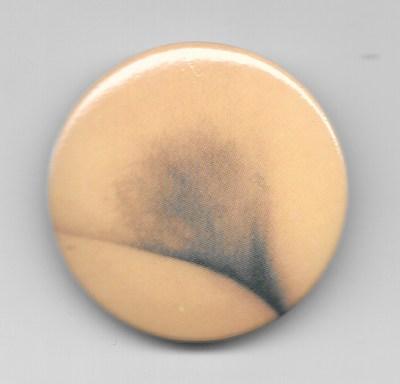
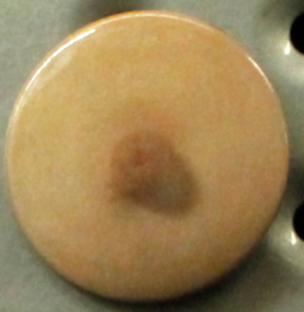
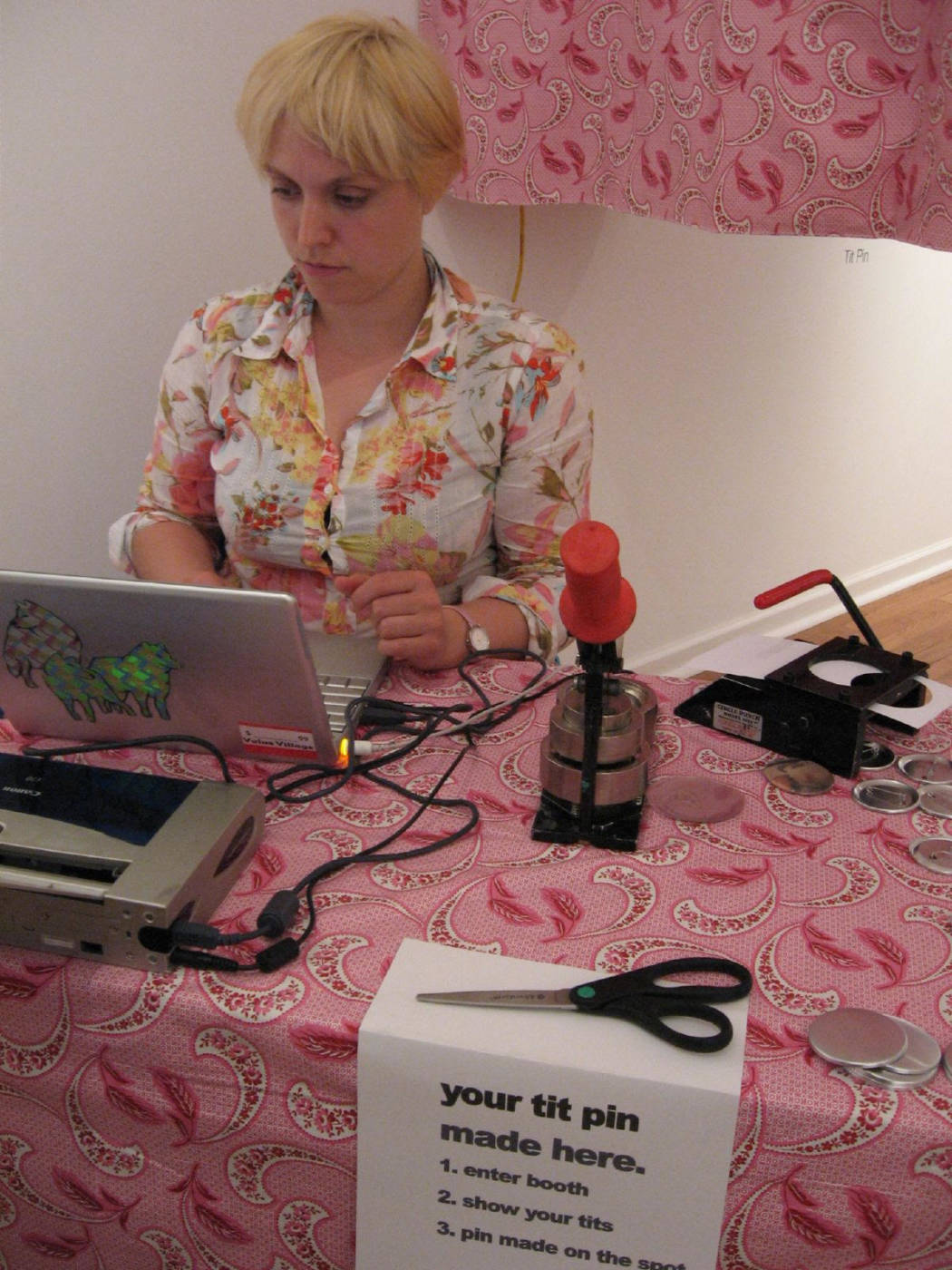

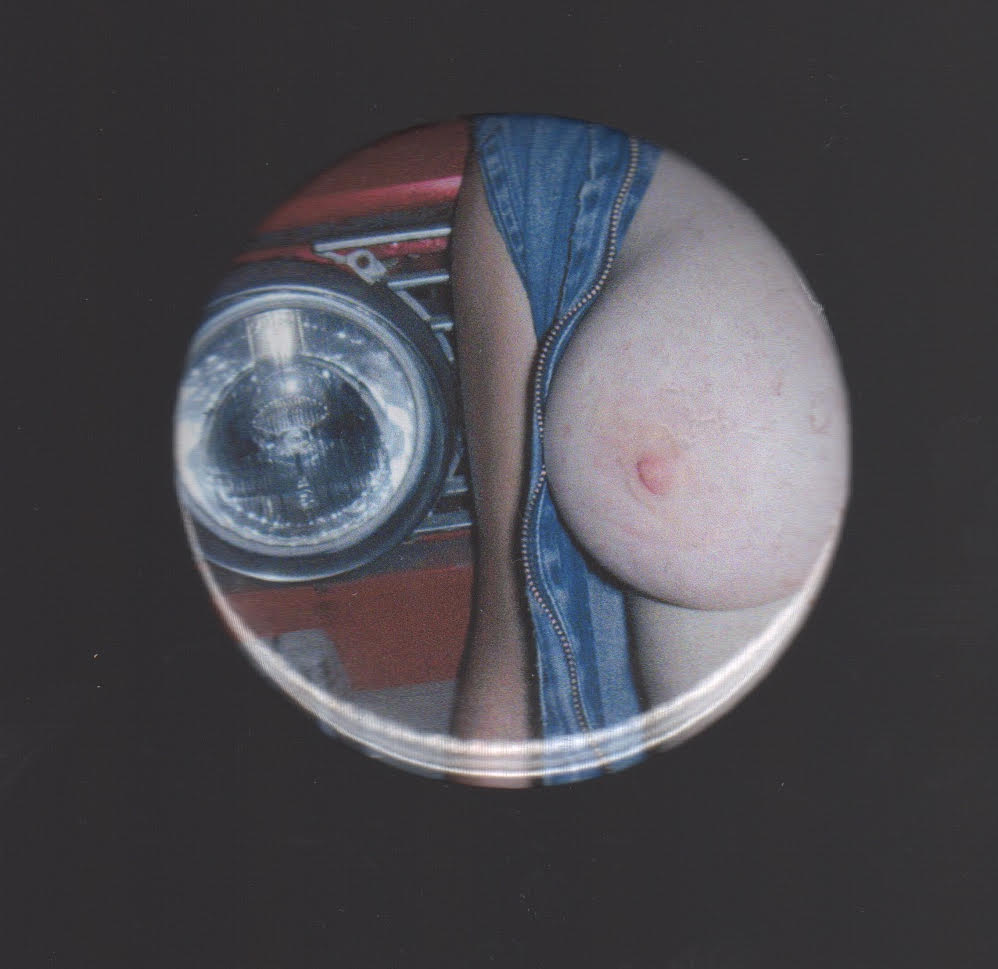
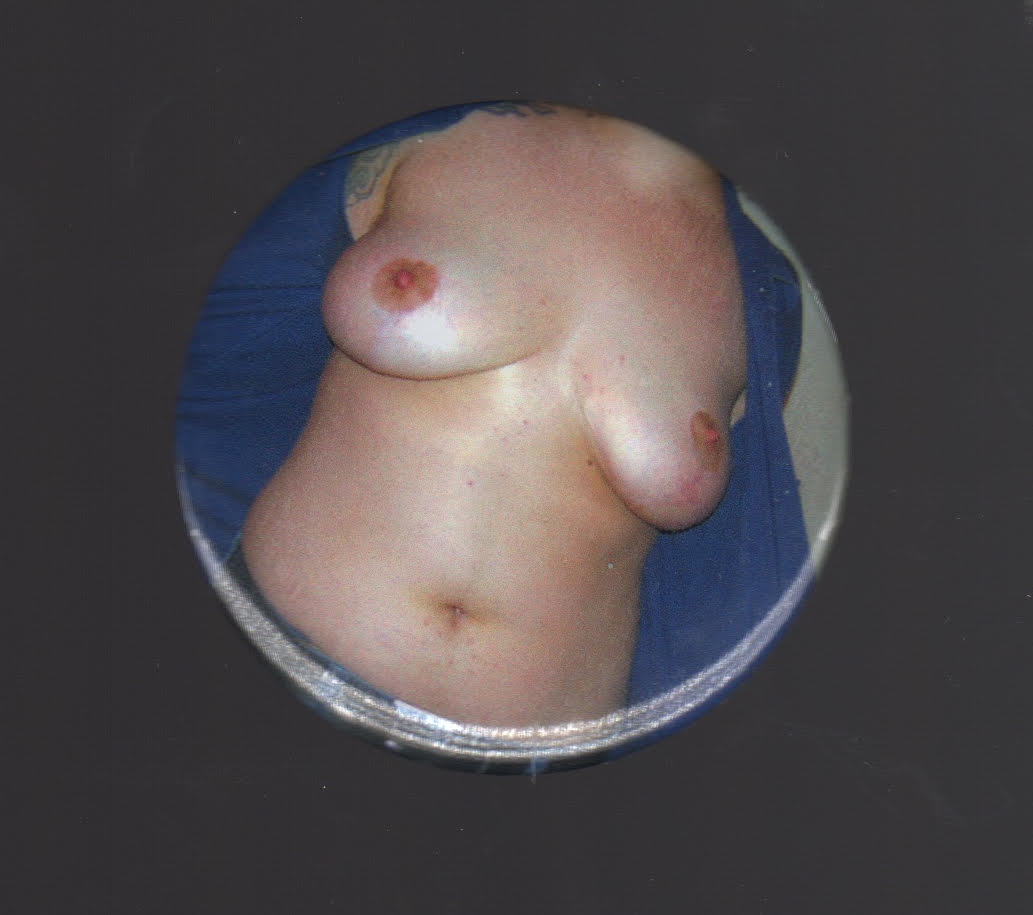
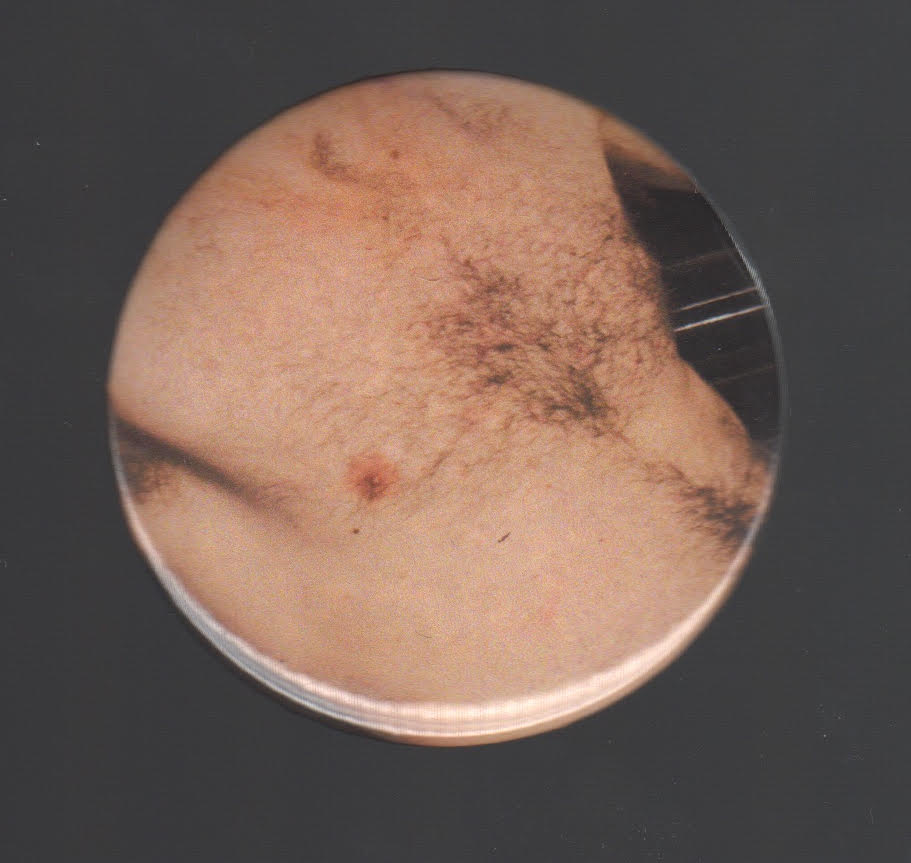
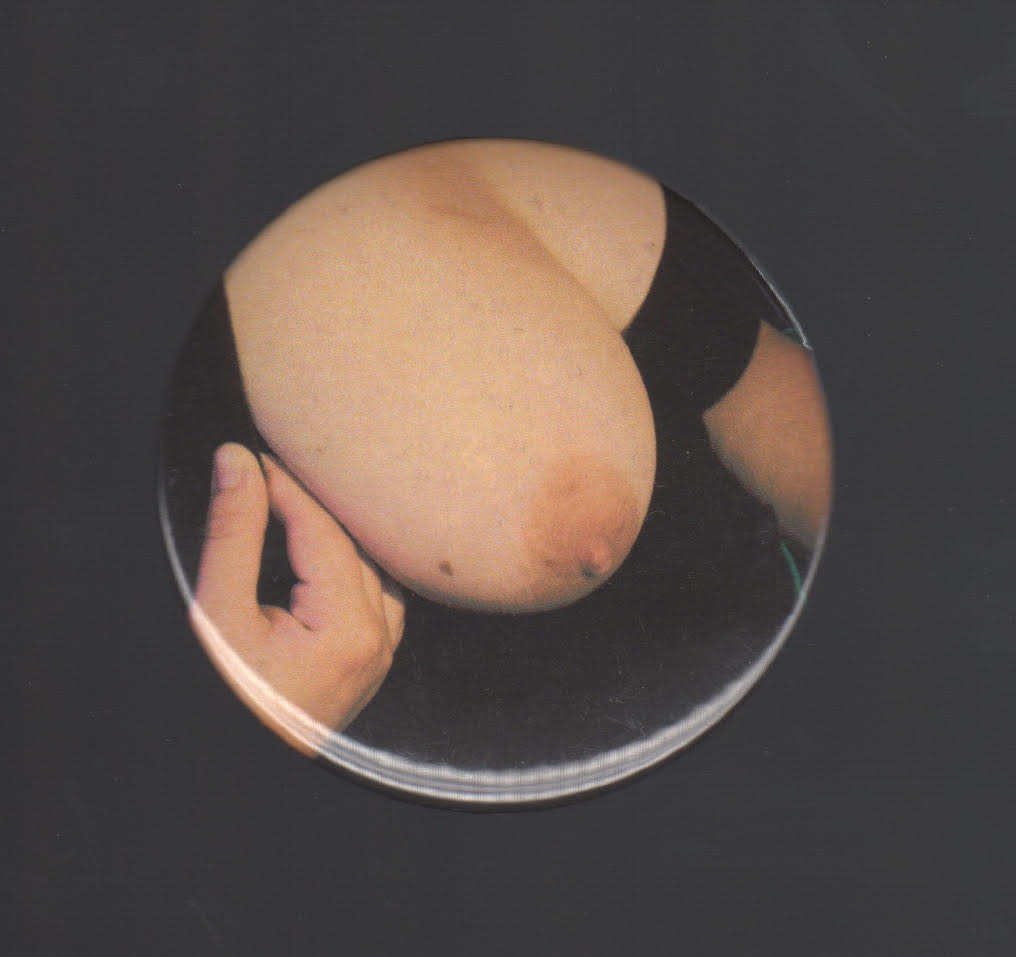
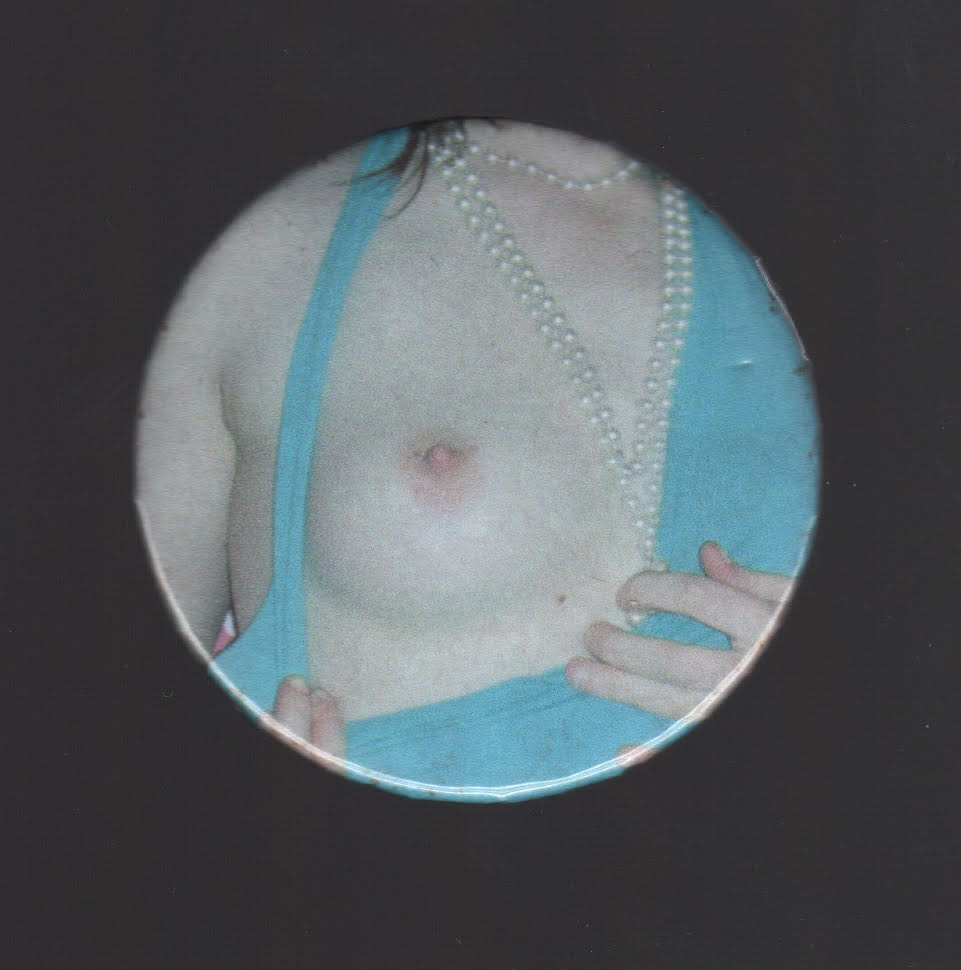
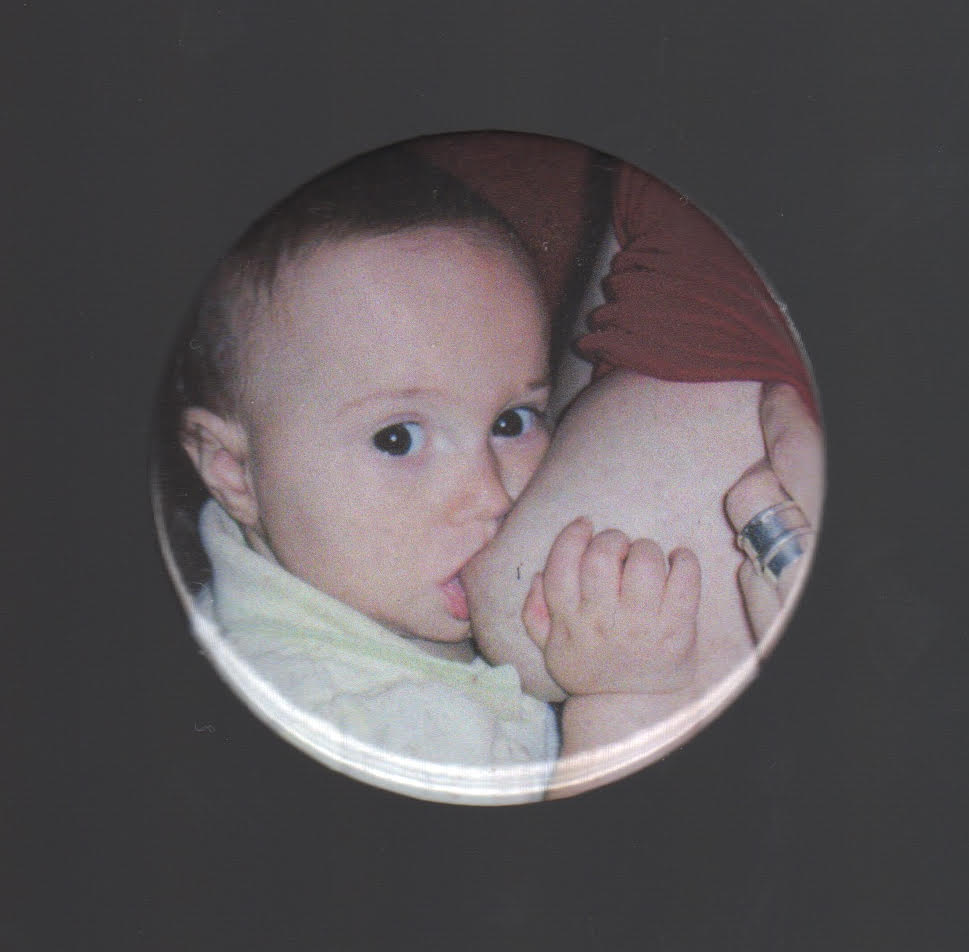
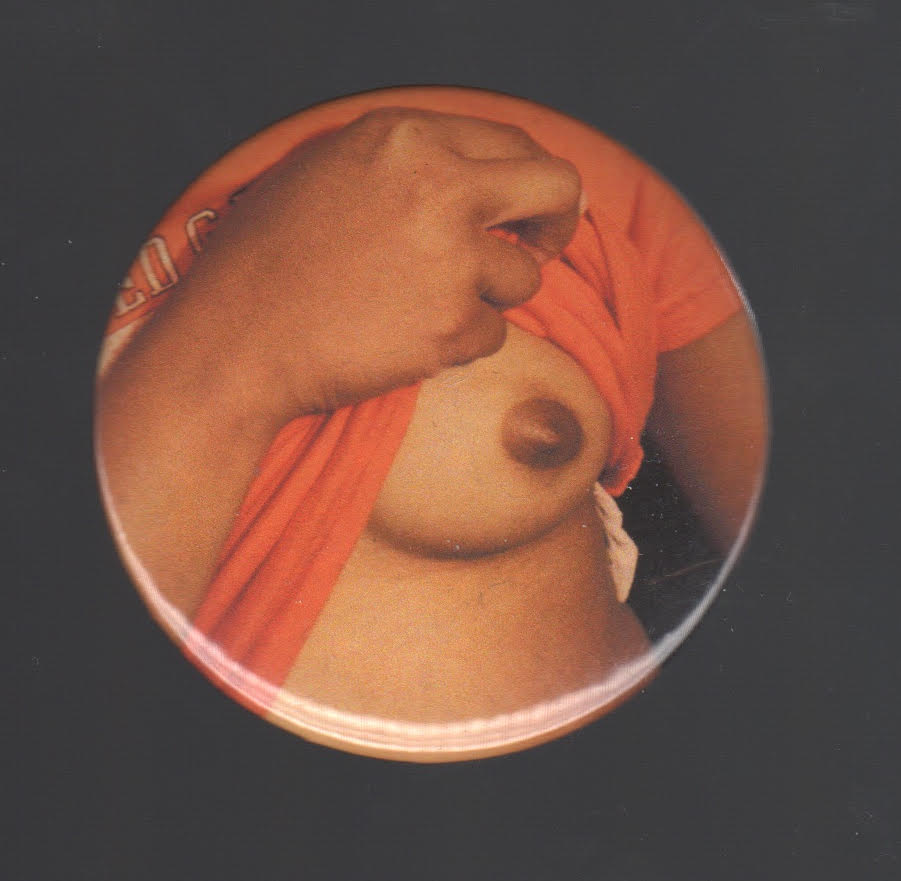
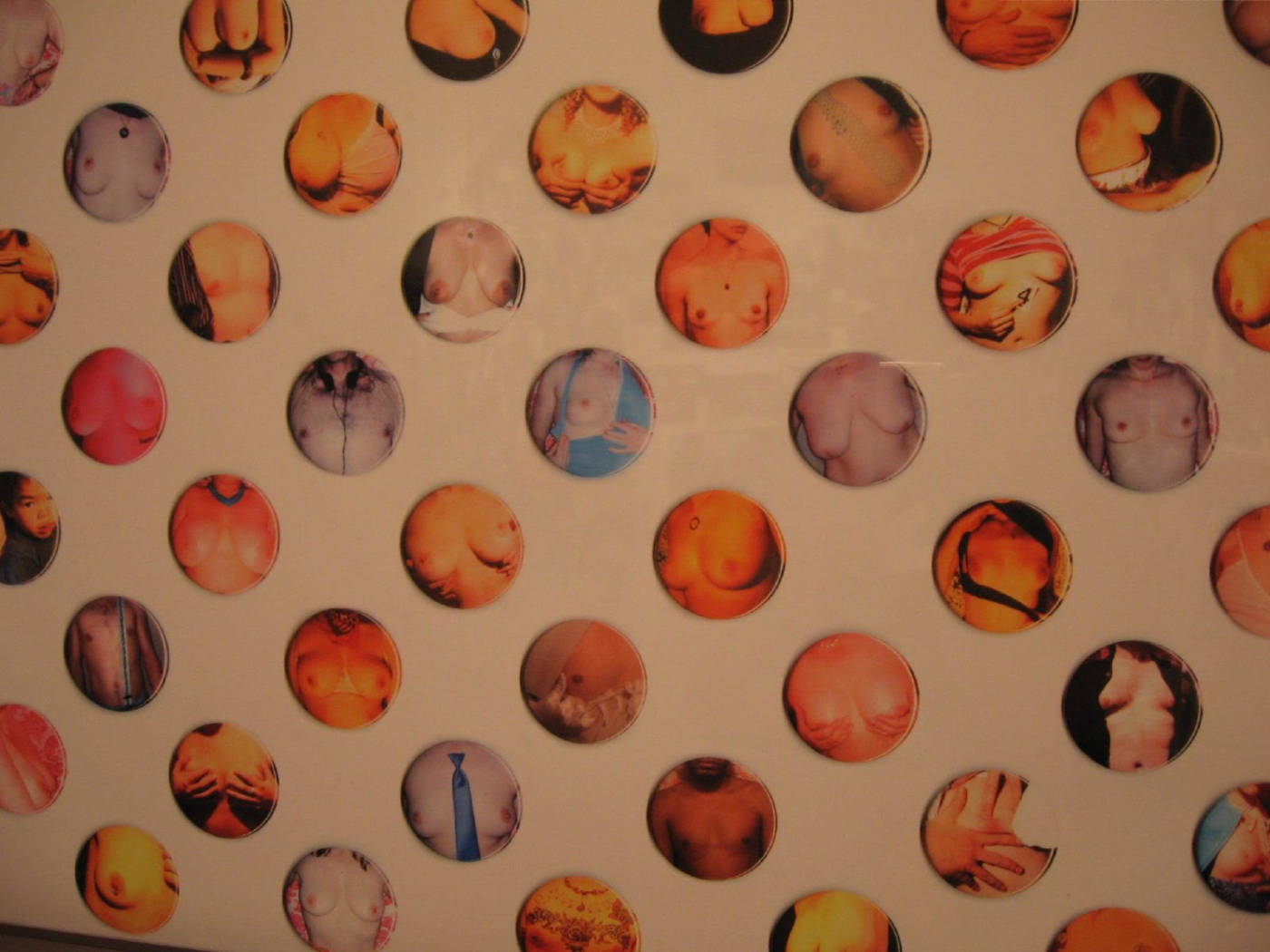
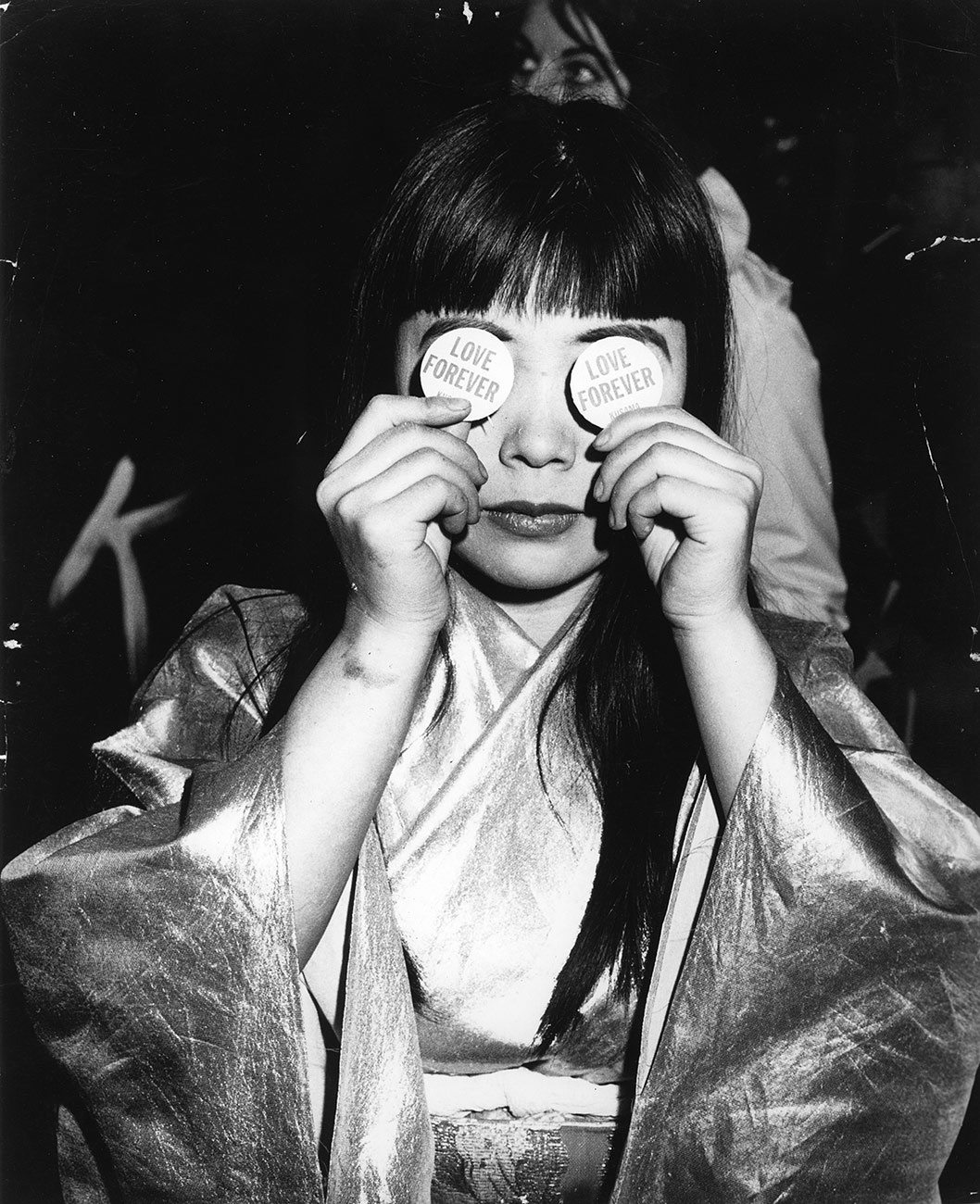
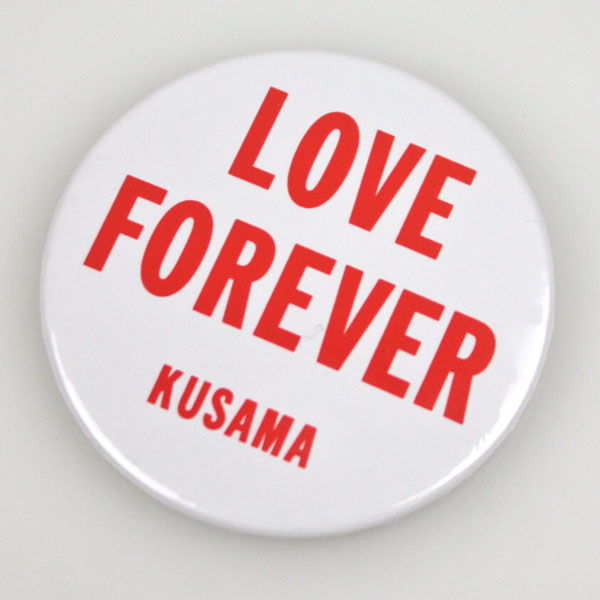
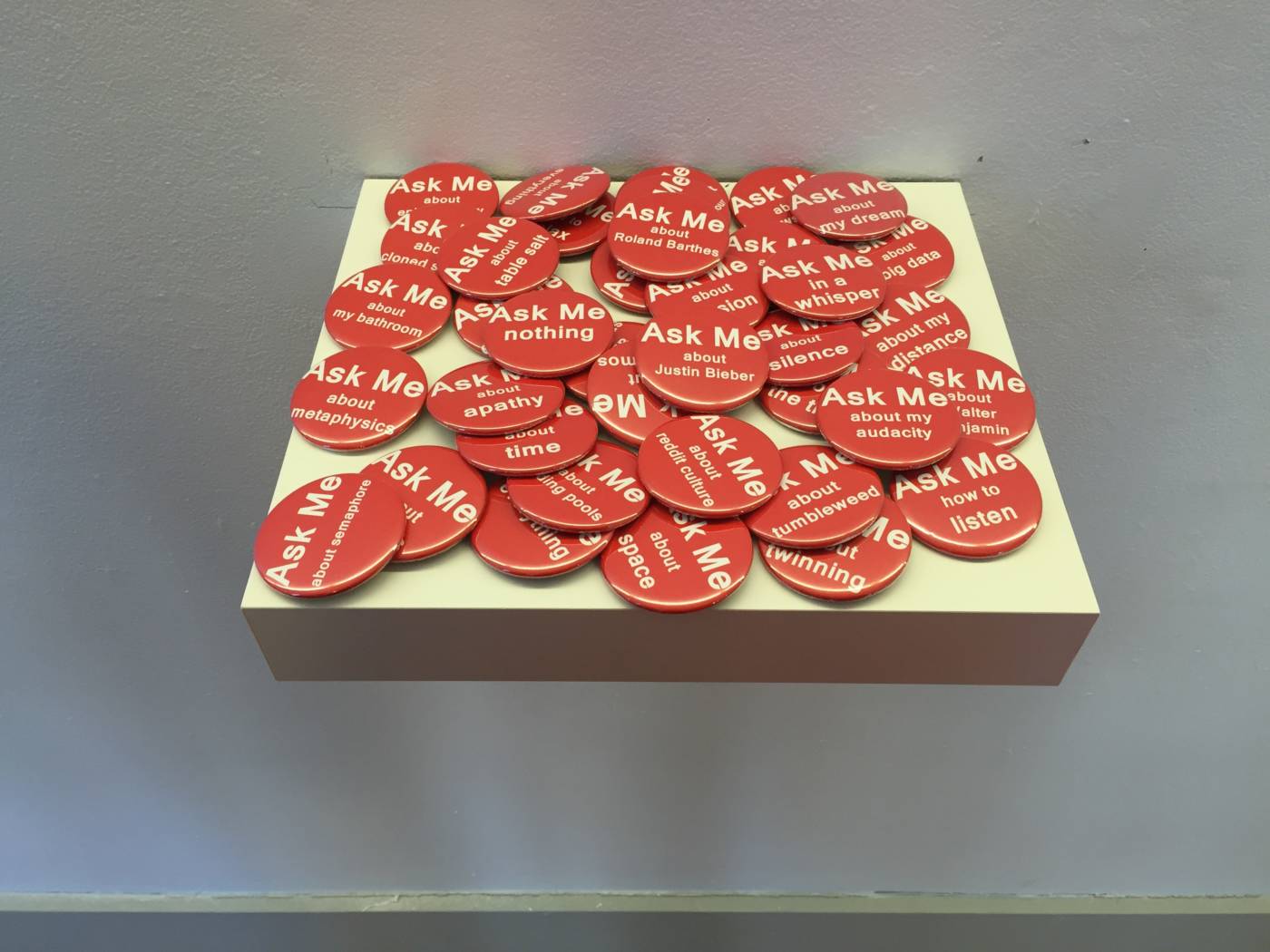
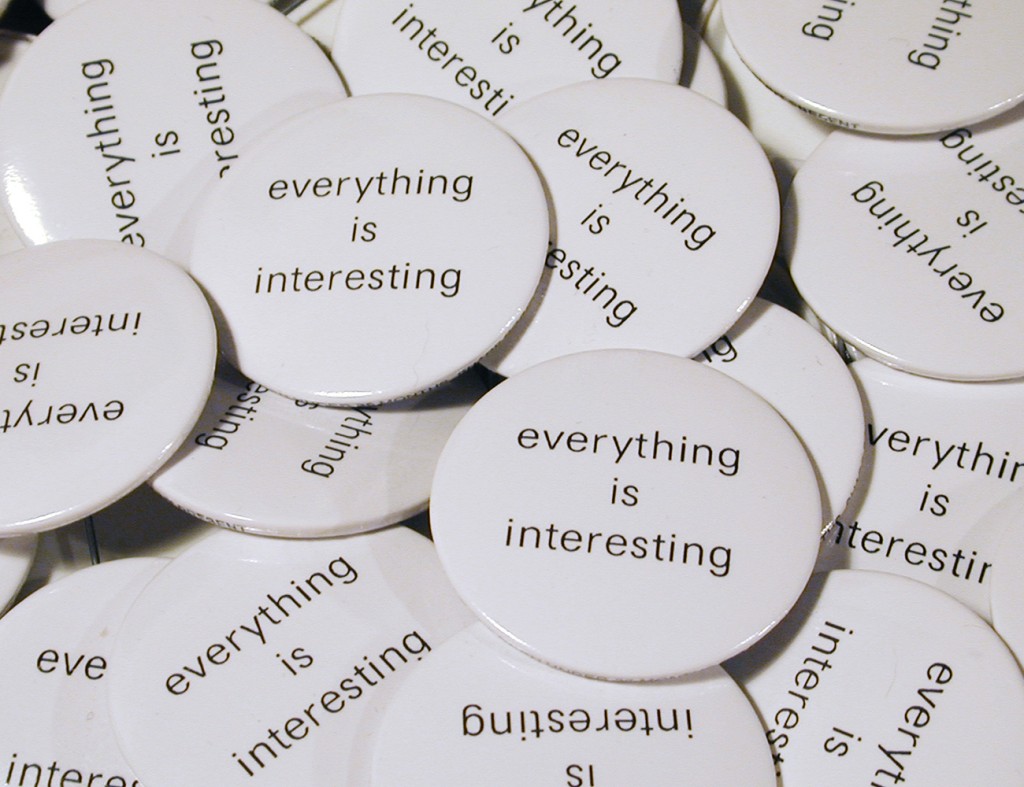
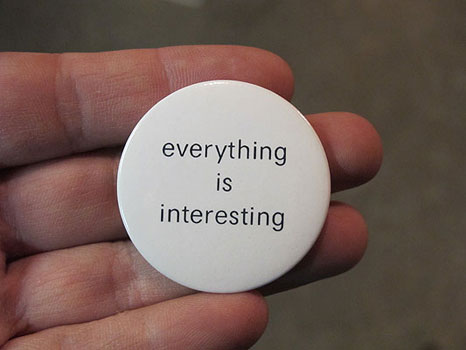
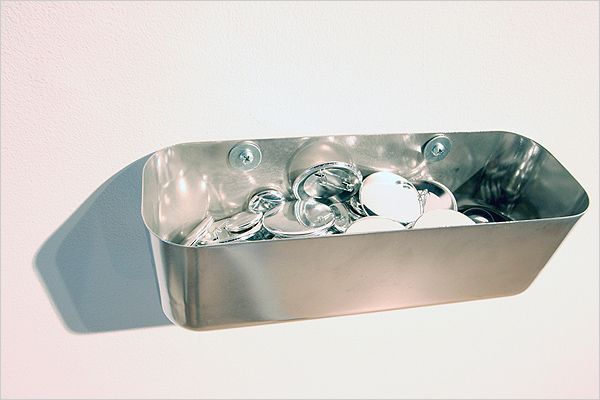
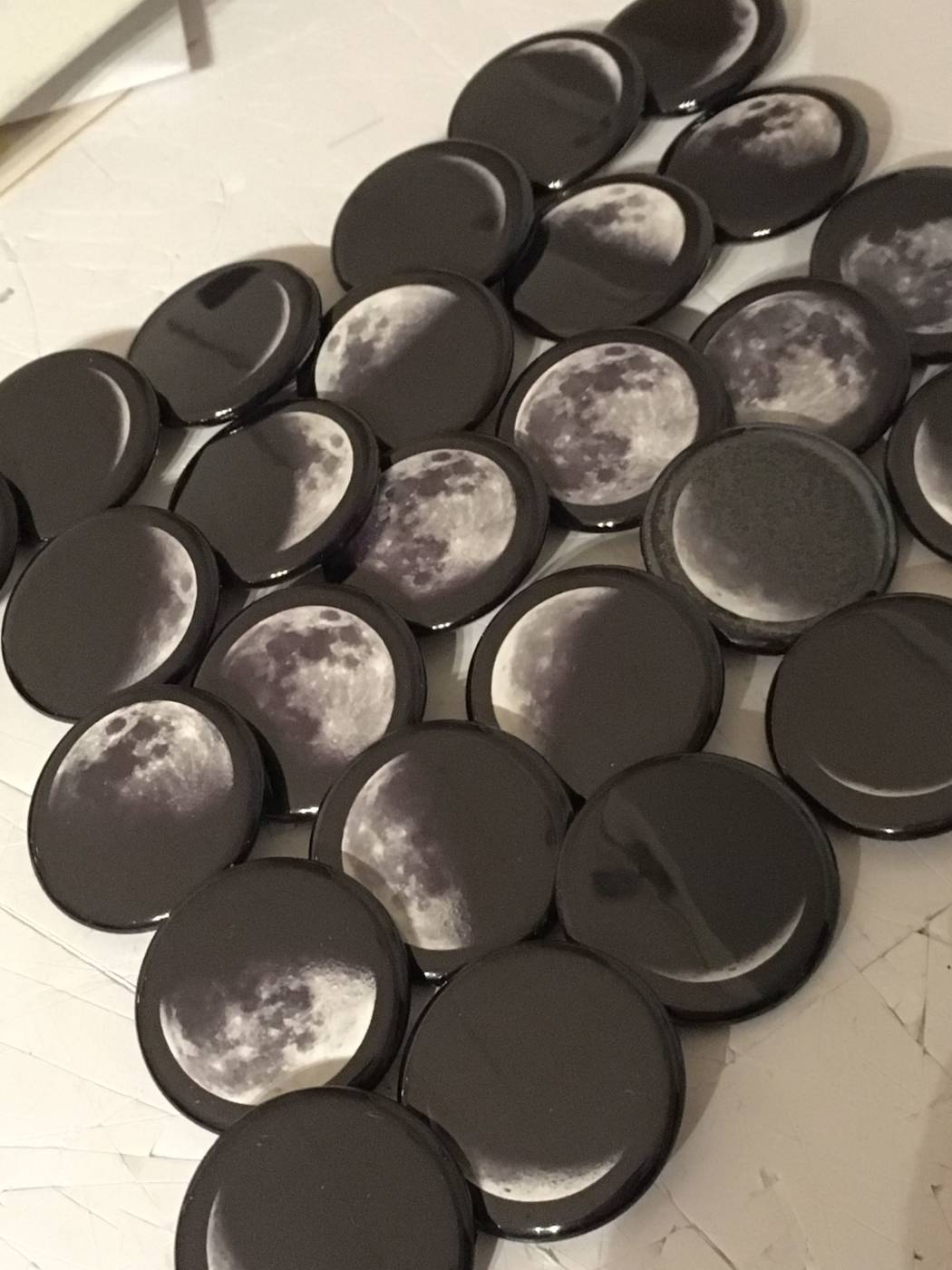
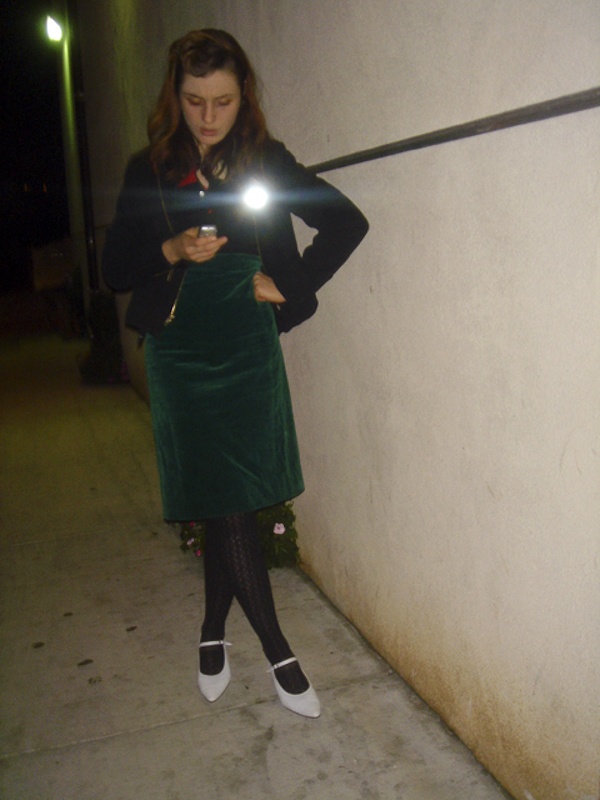
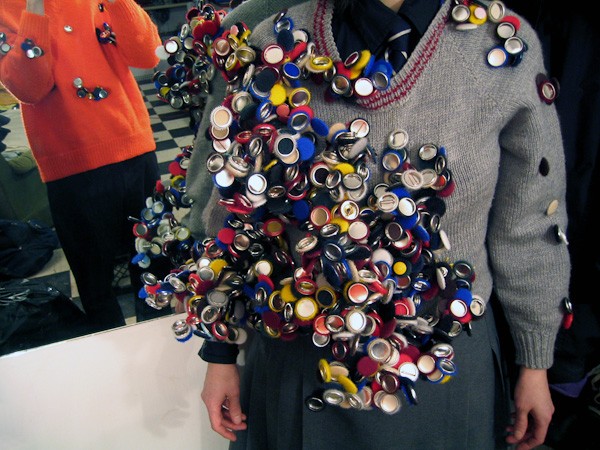
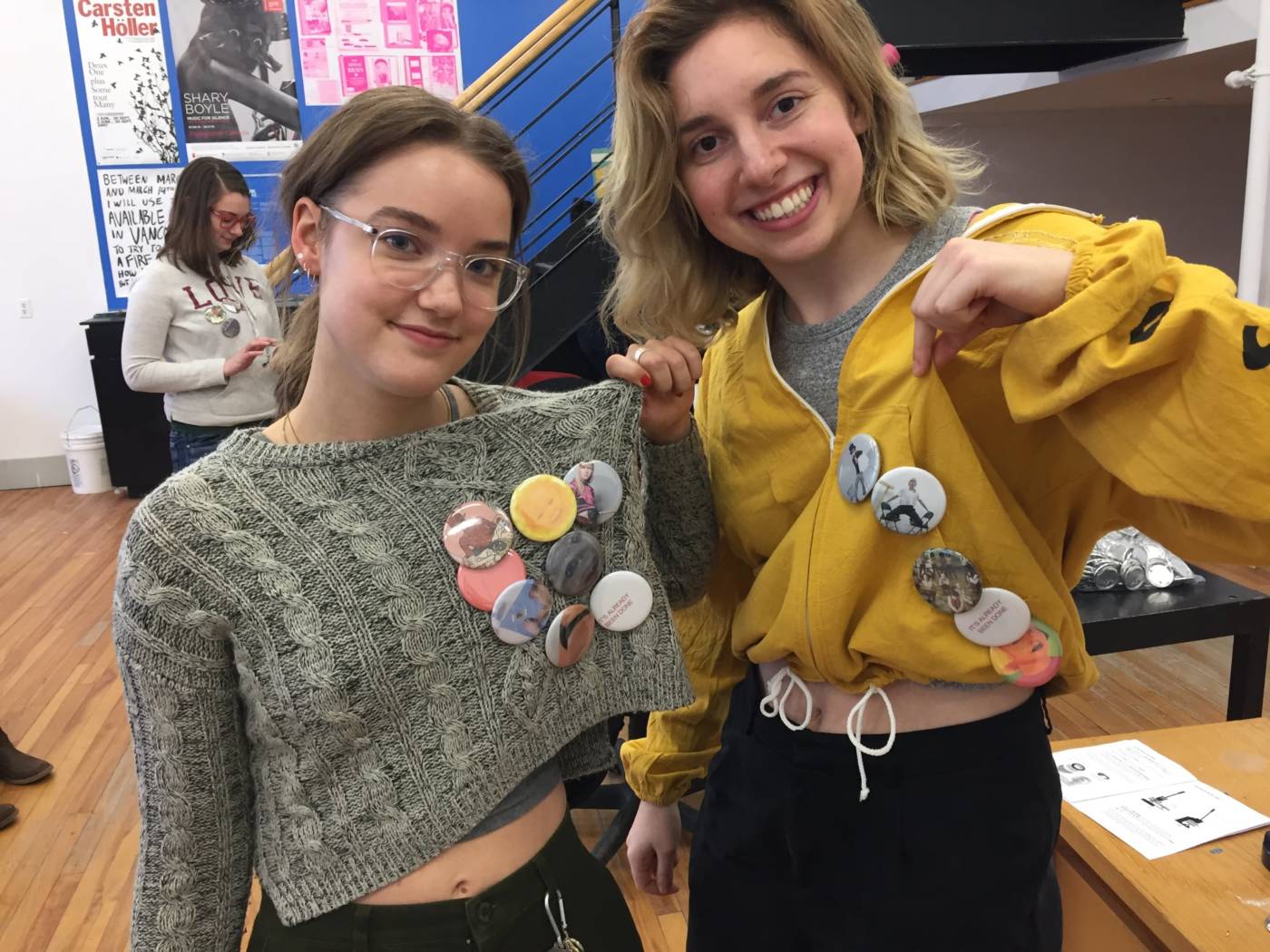
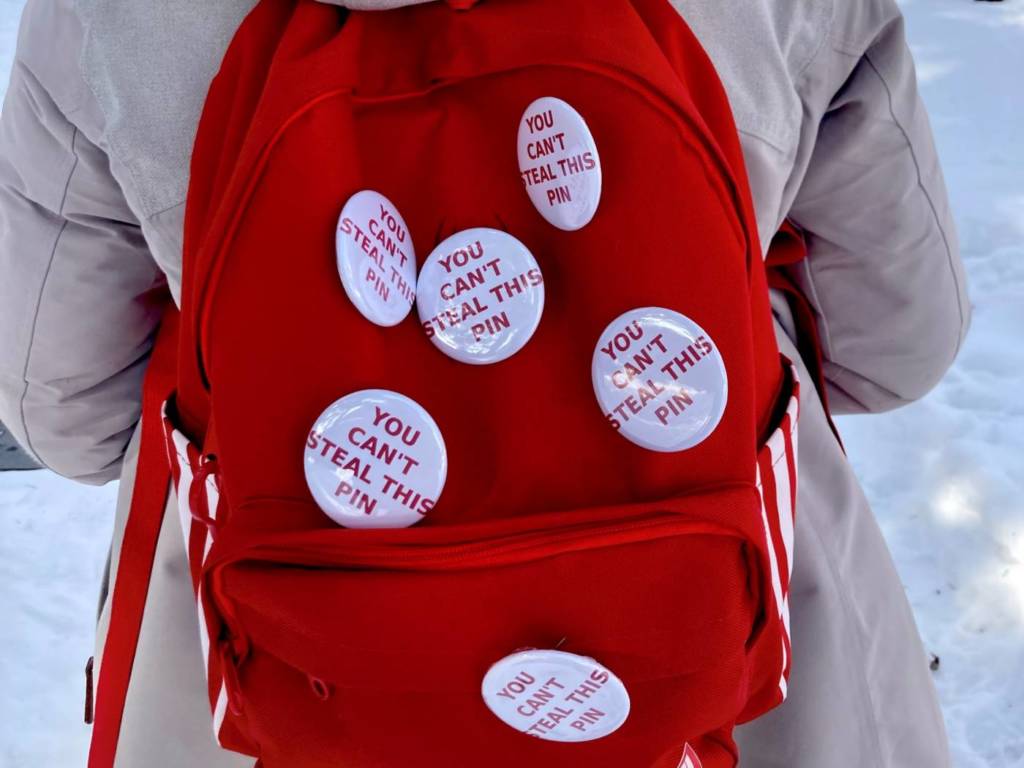


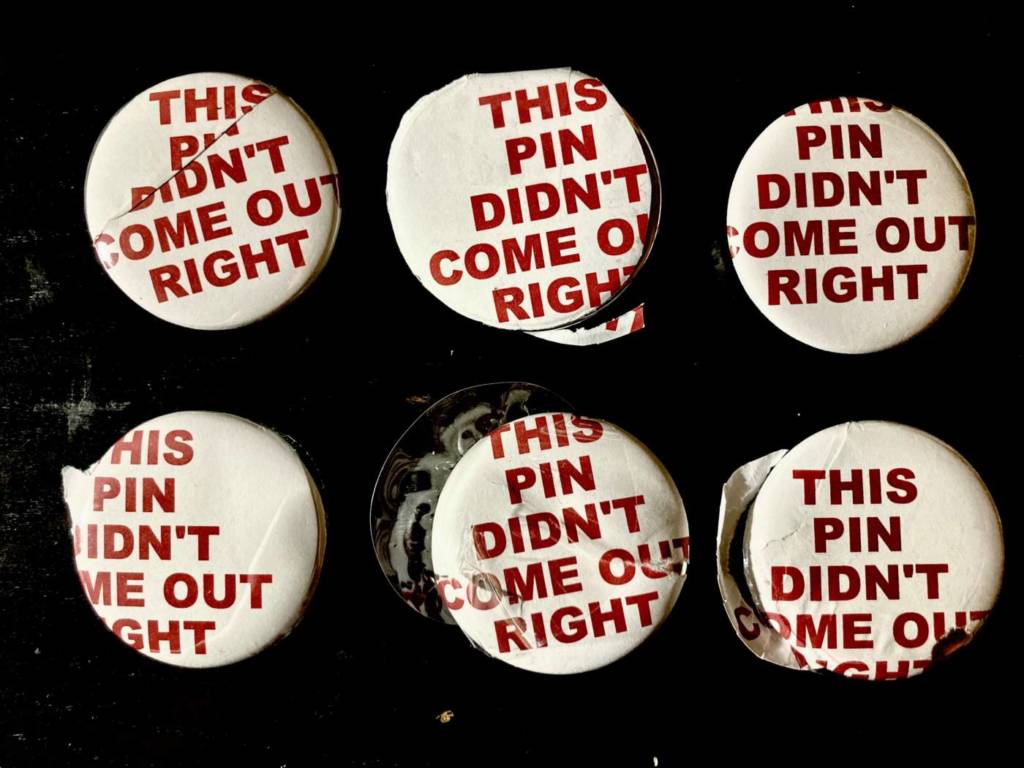
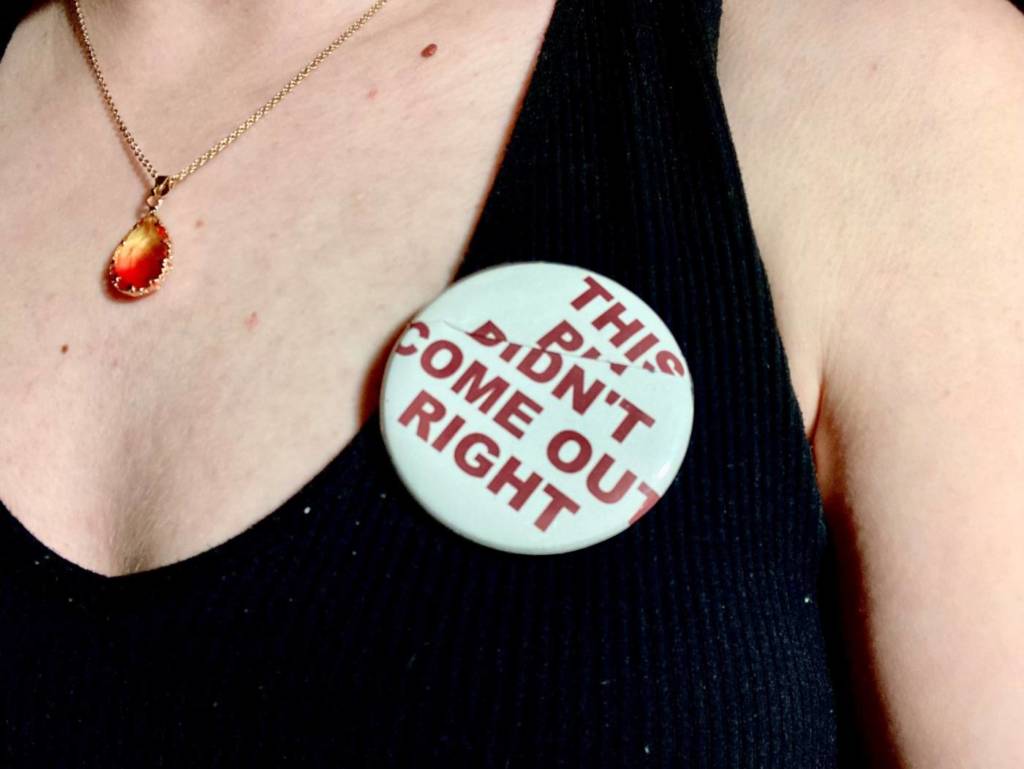

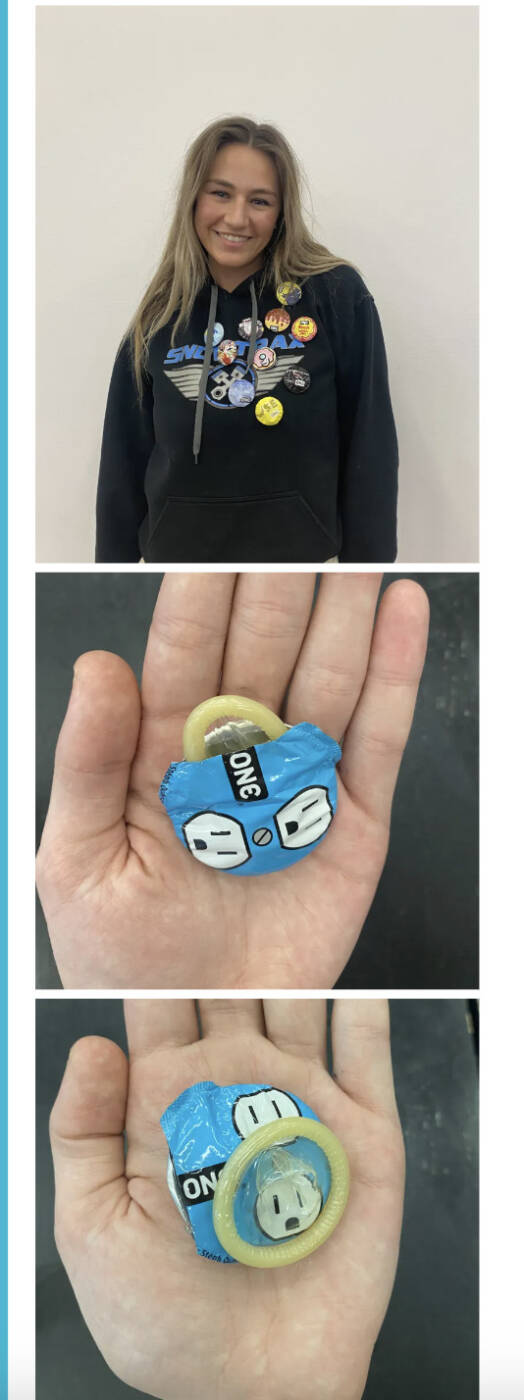








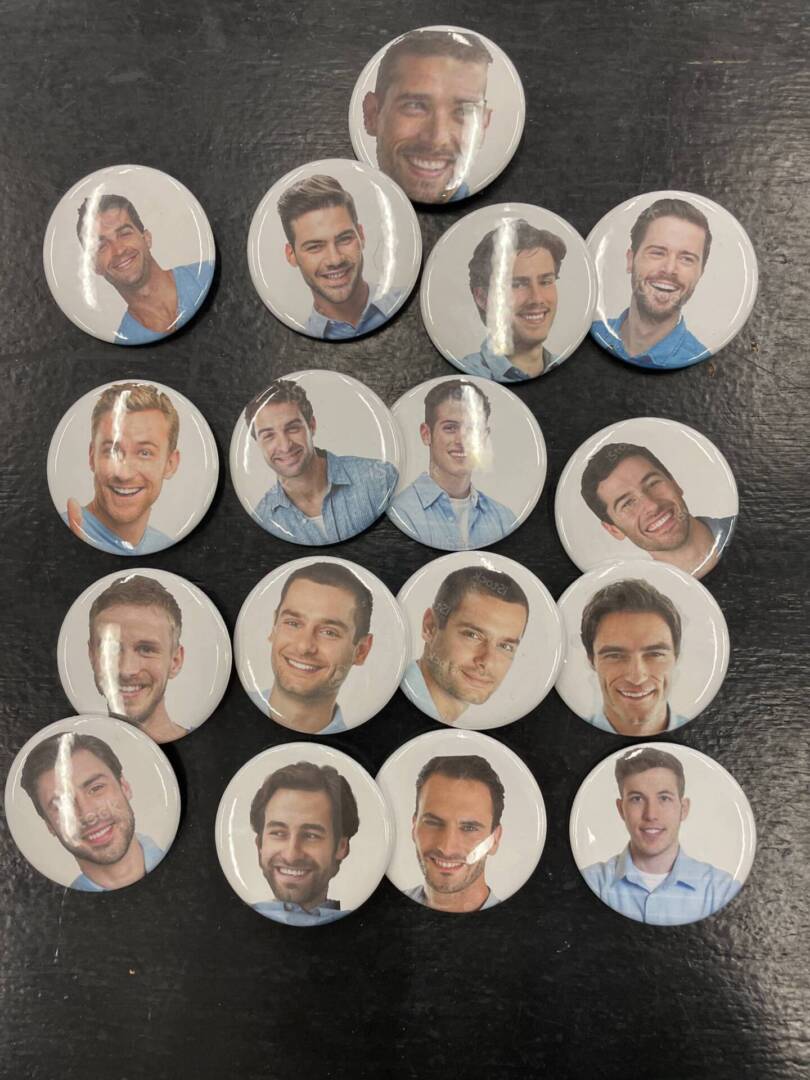
You must be logged in to post a comment.